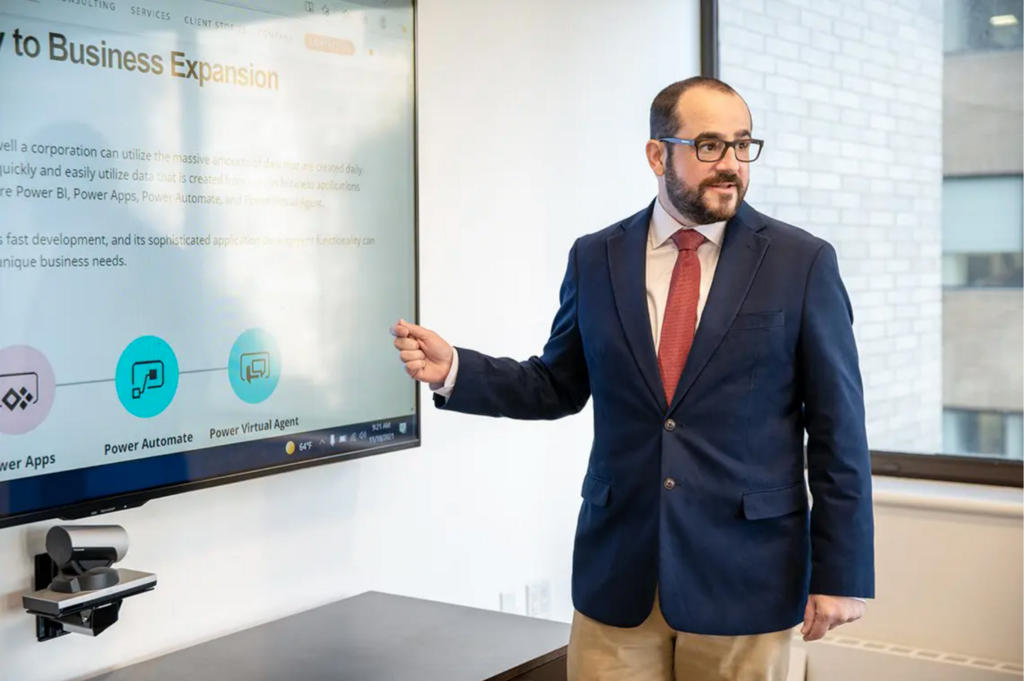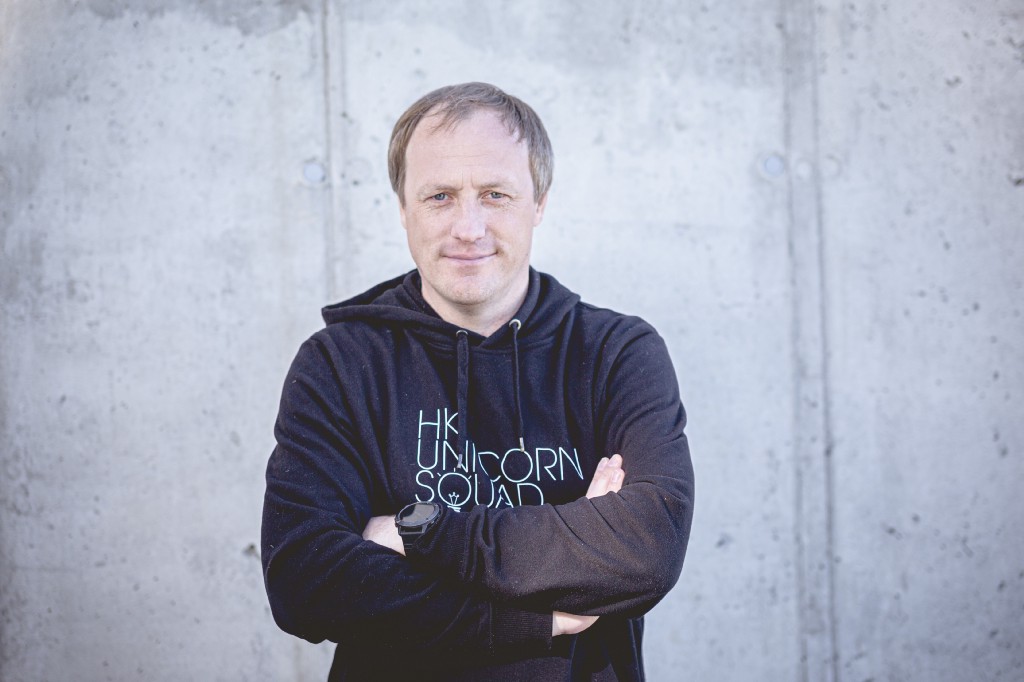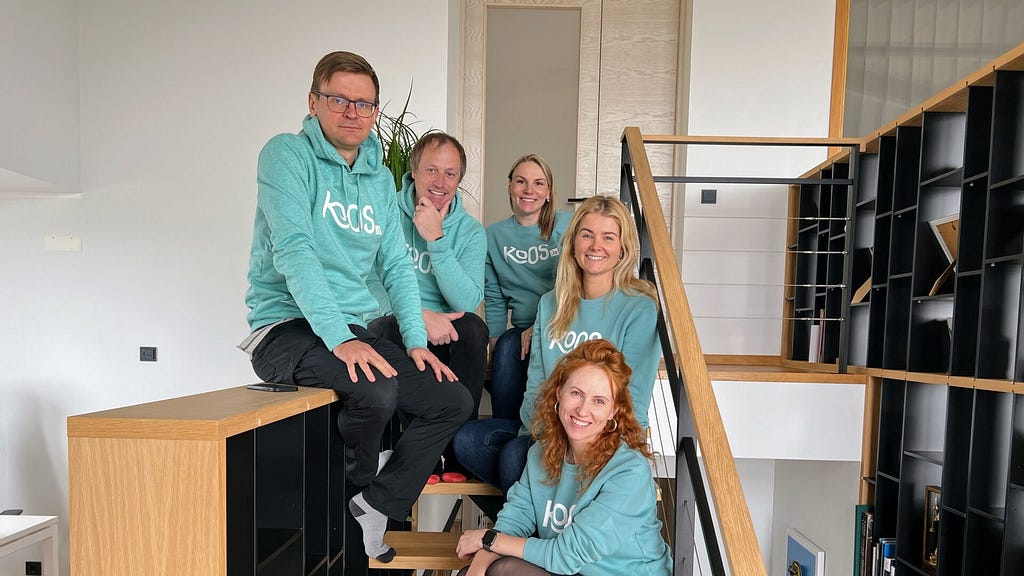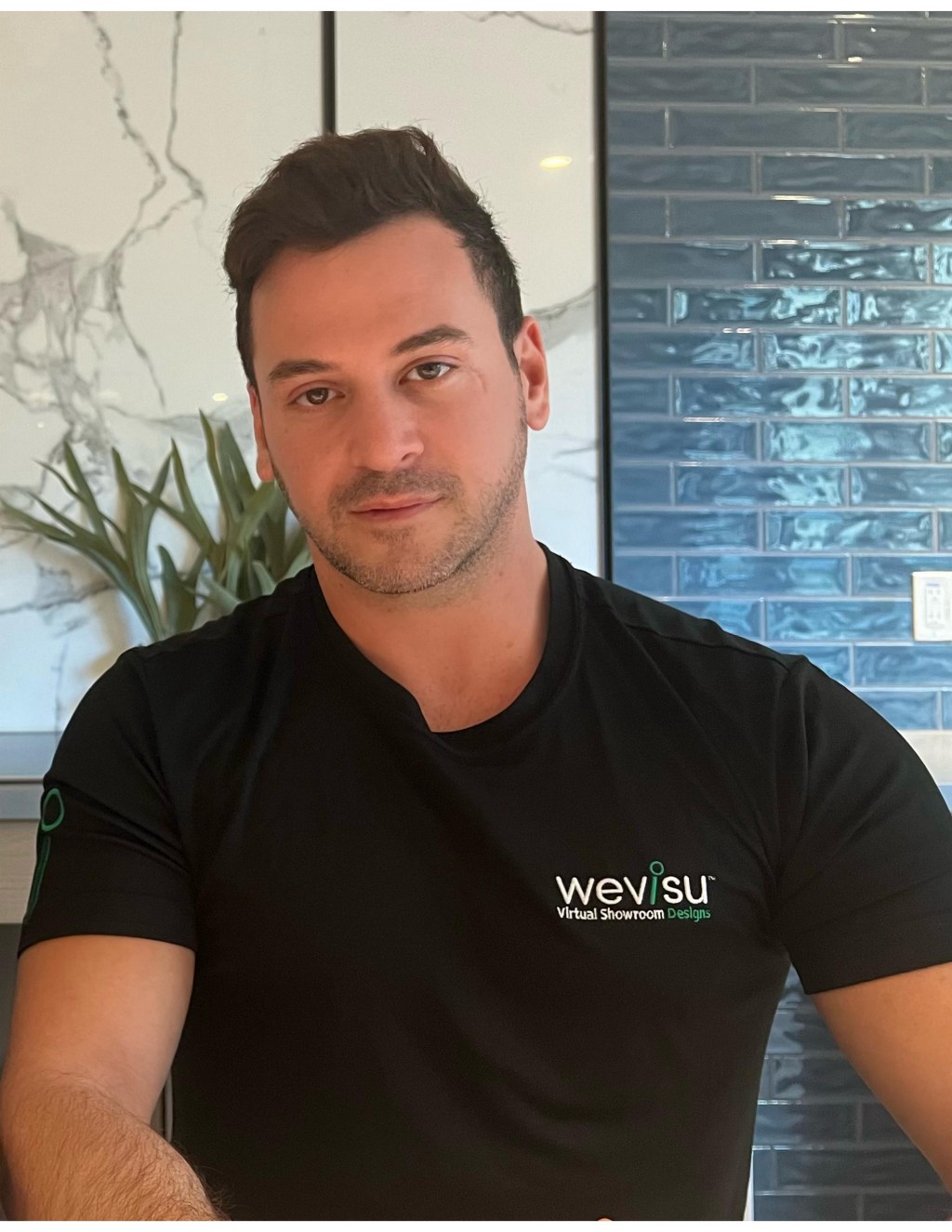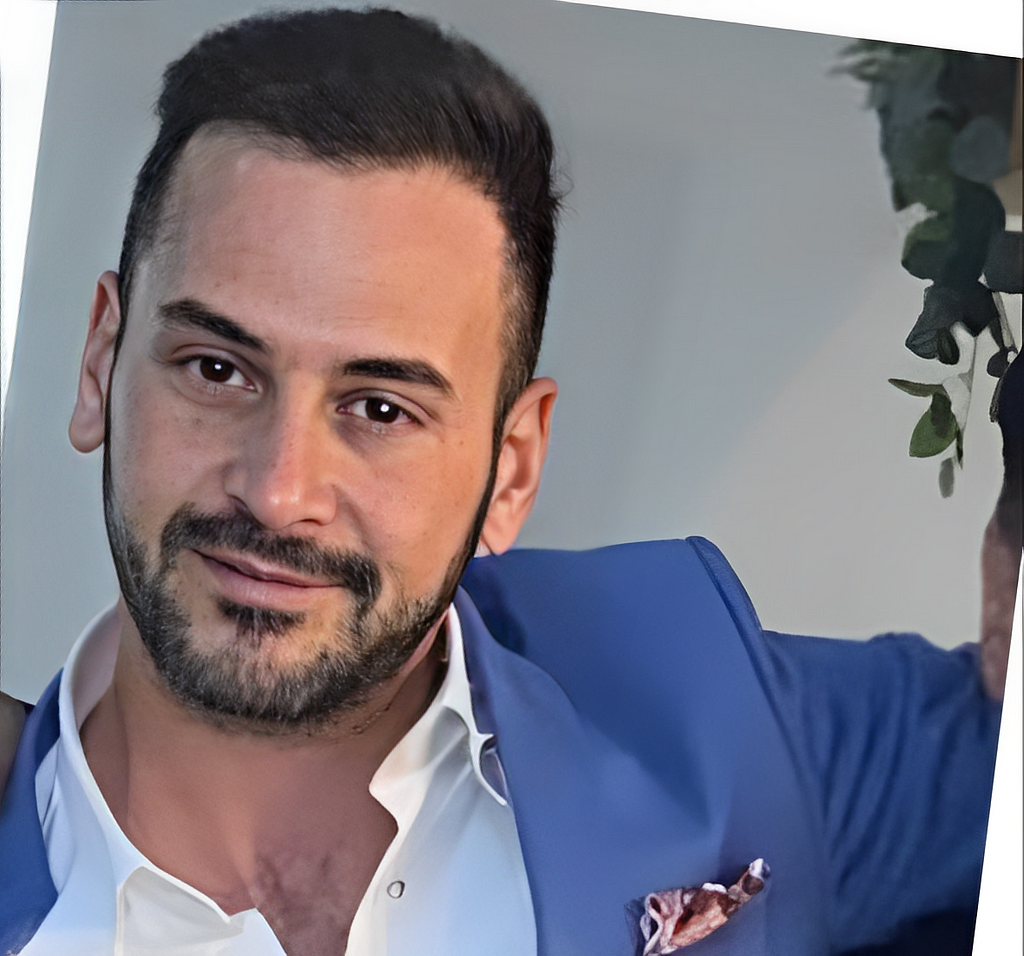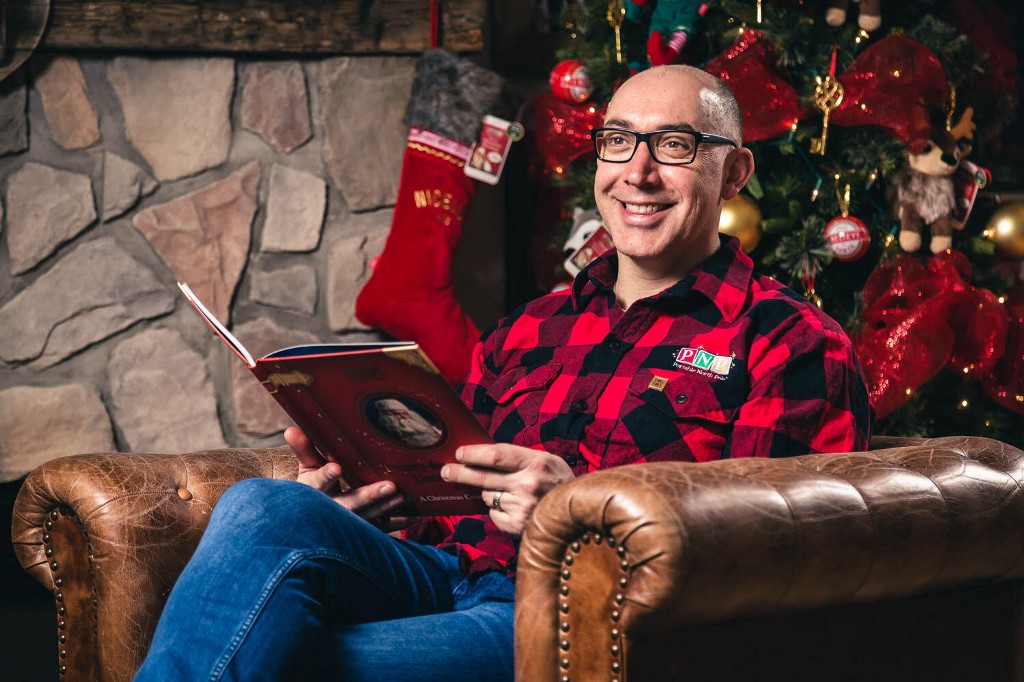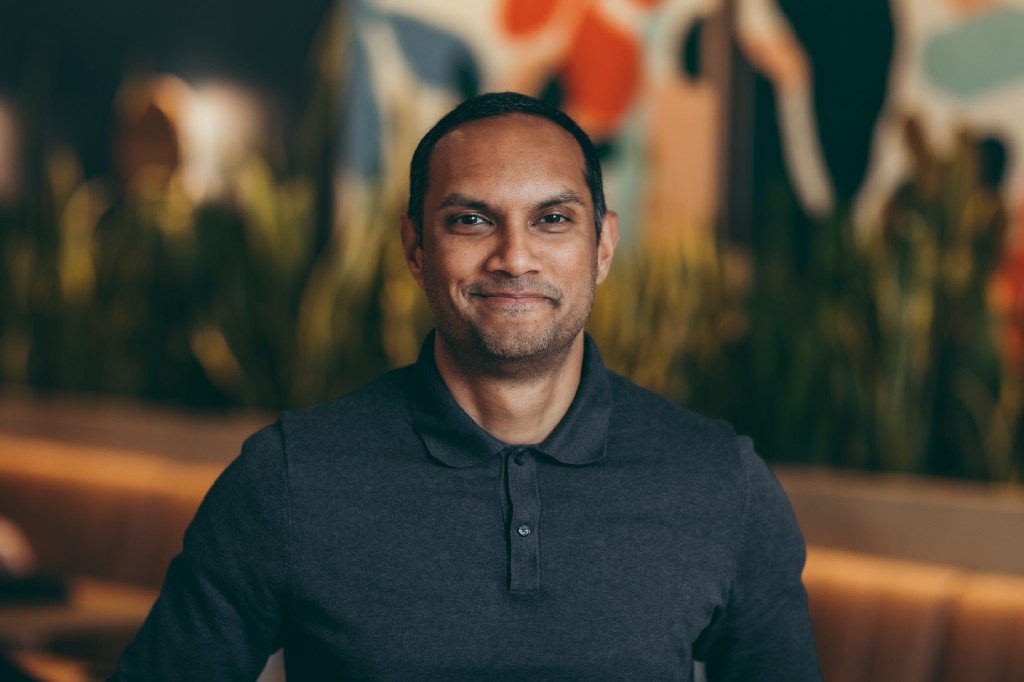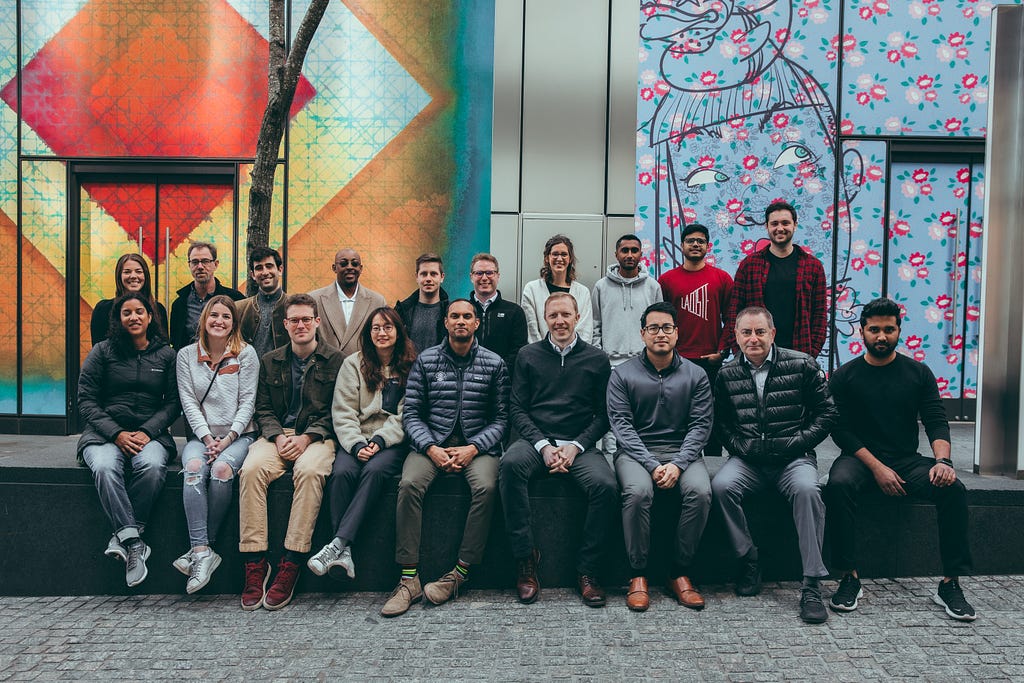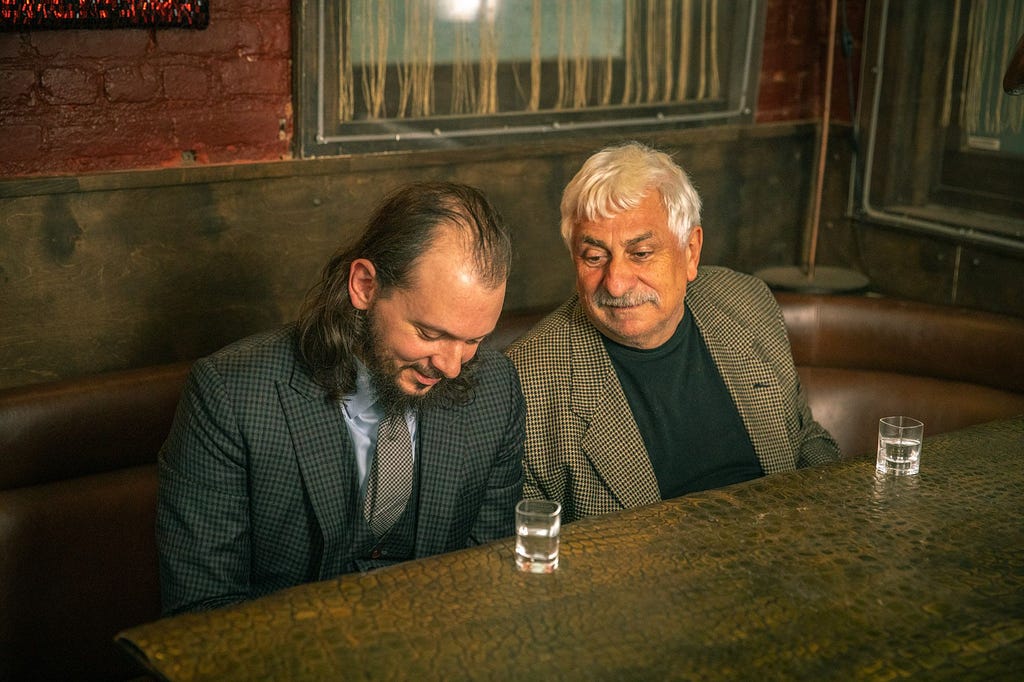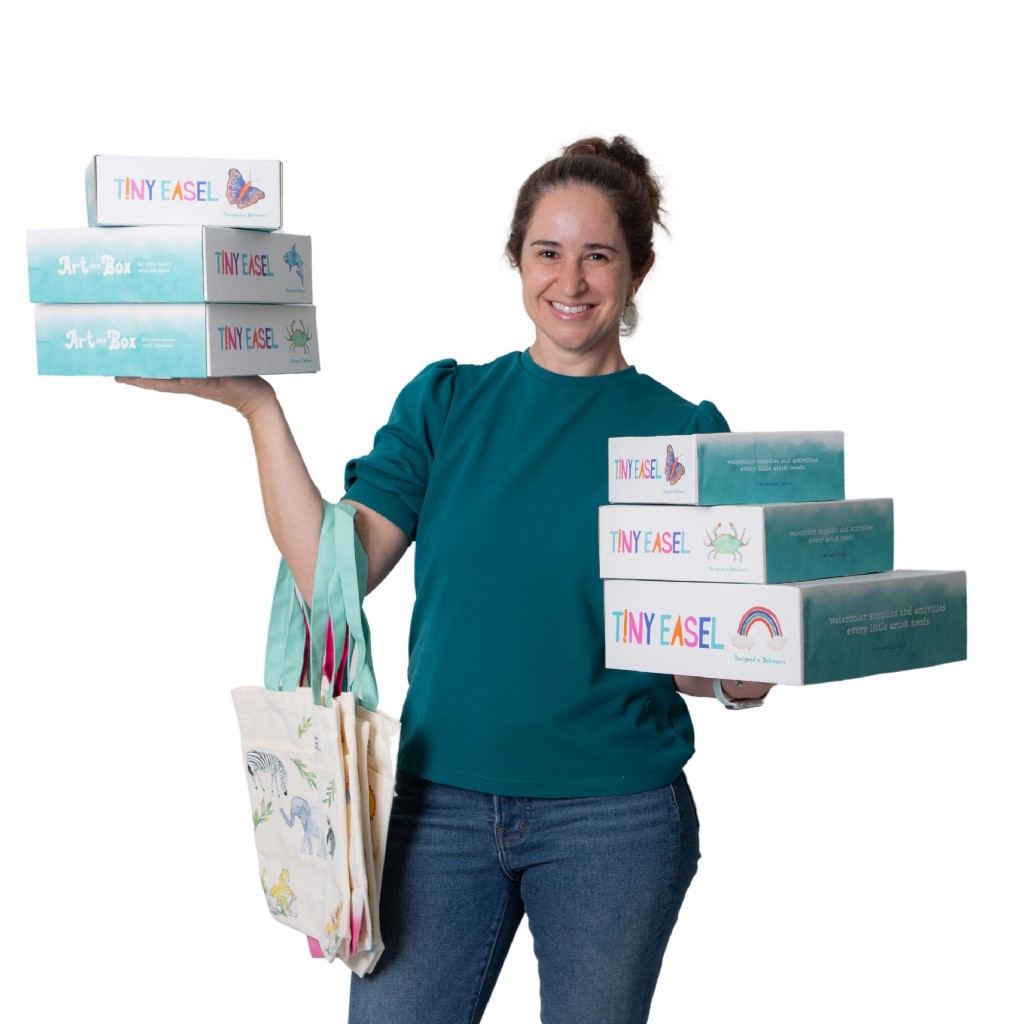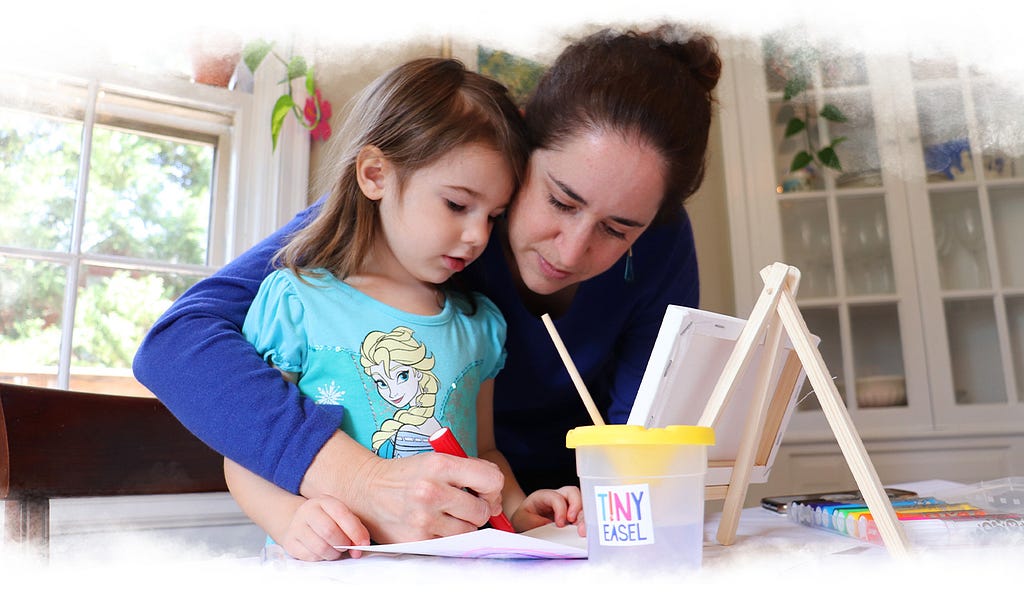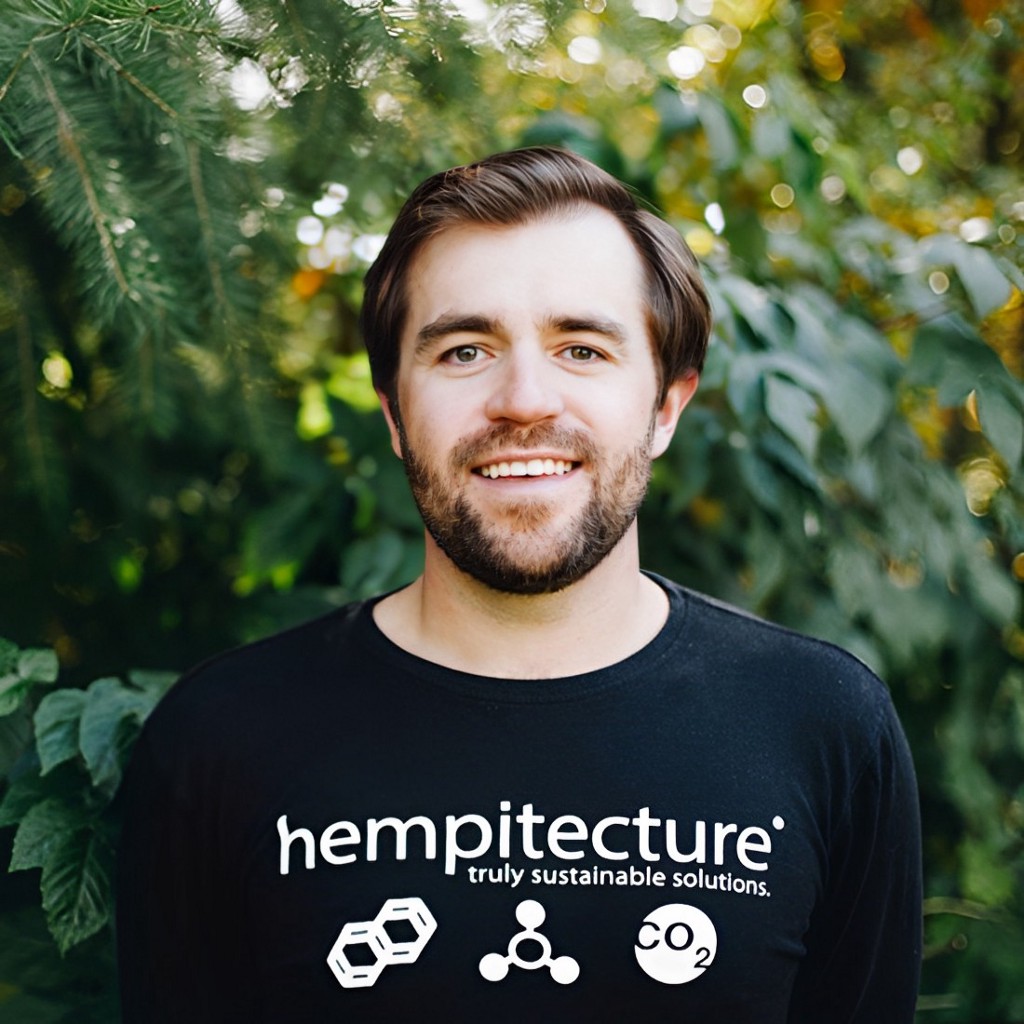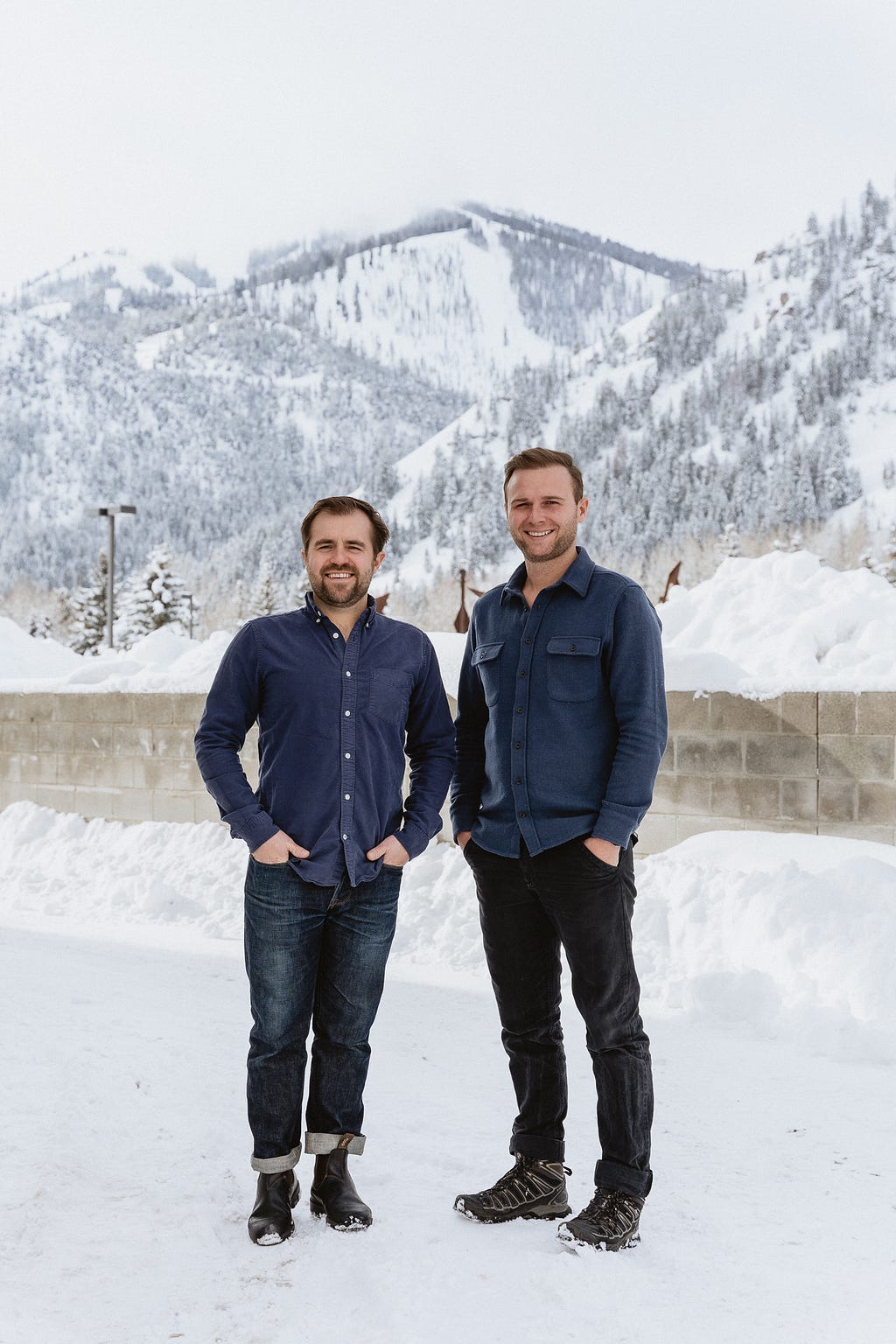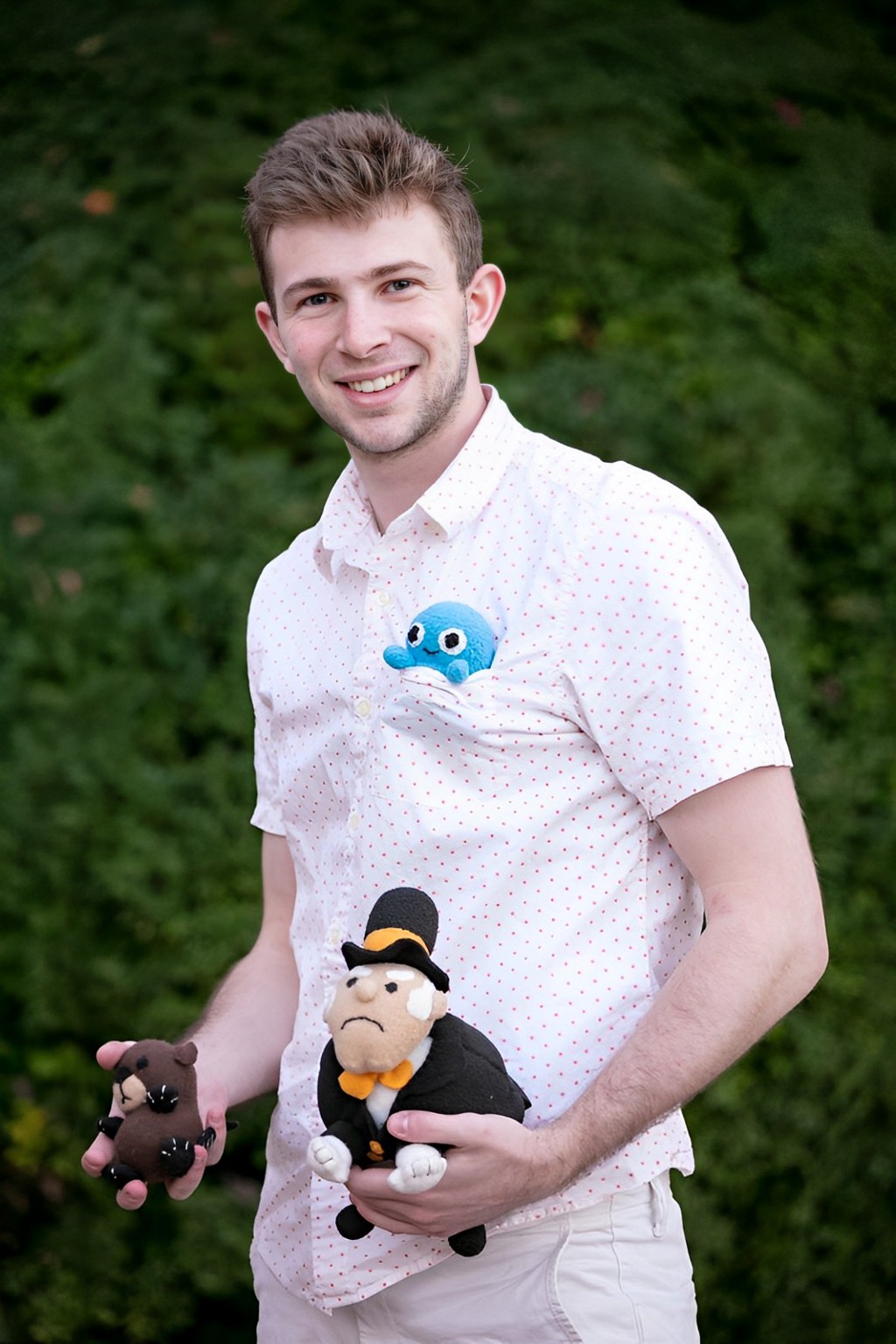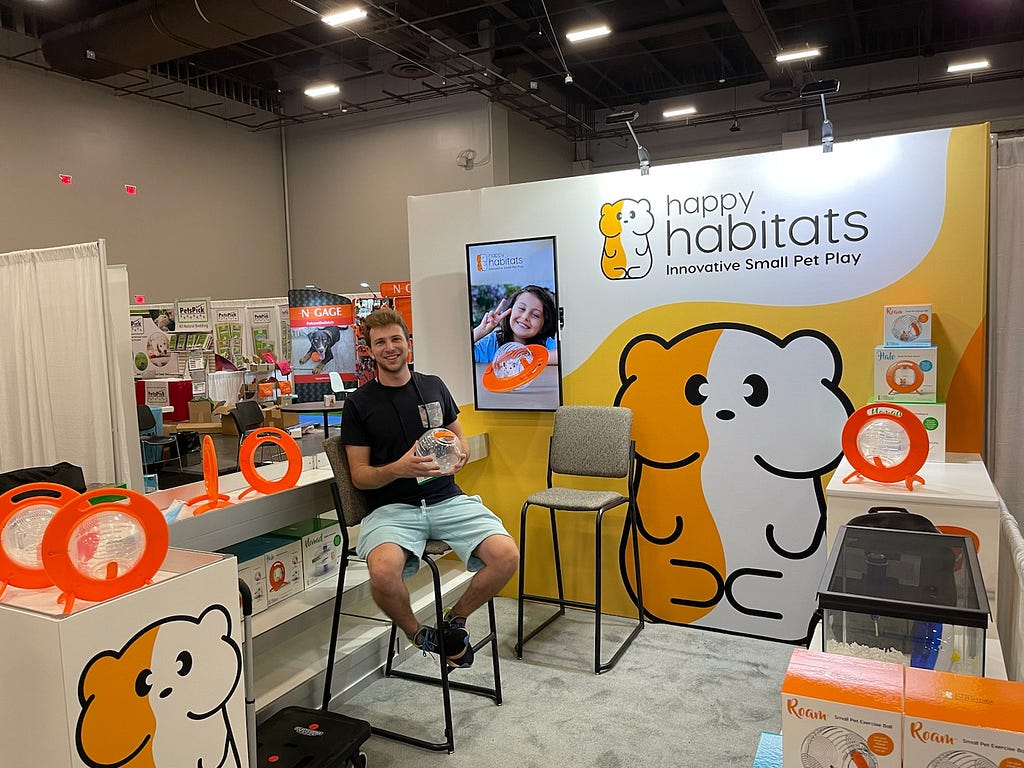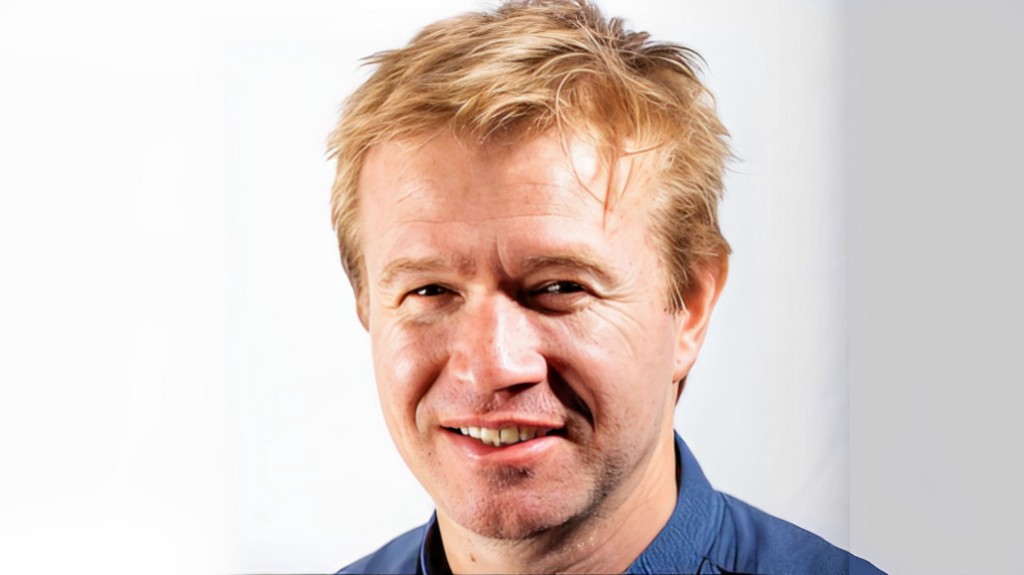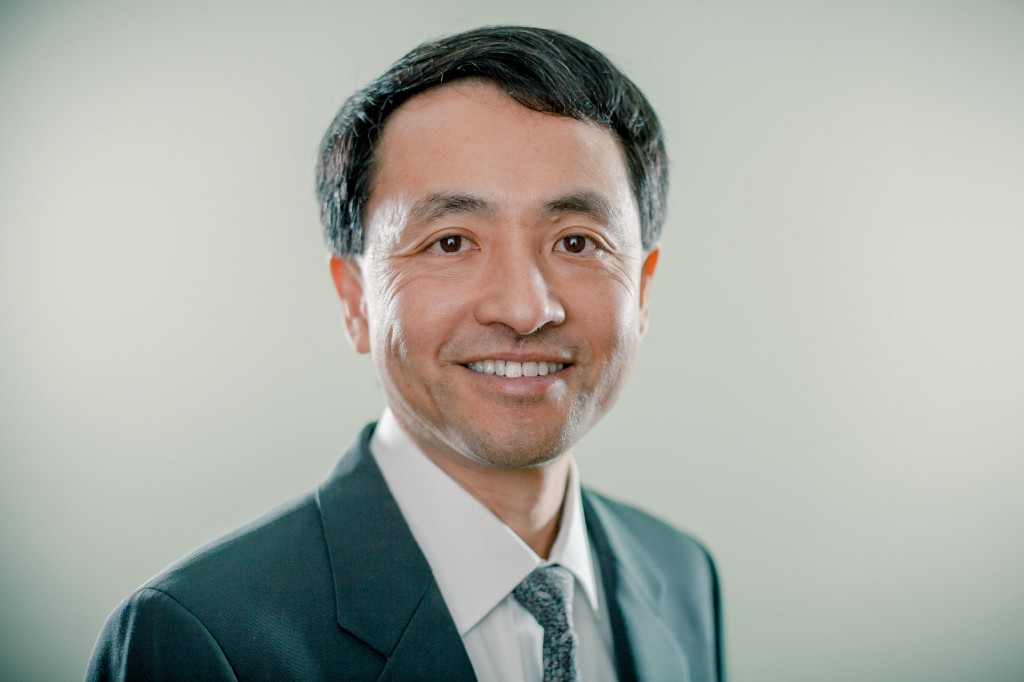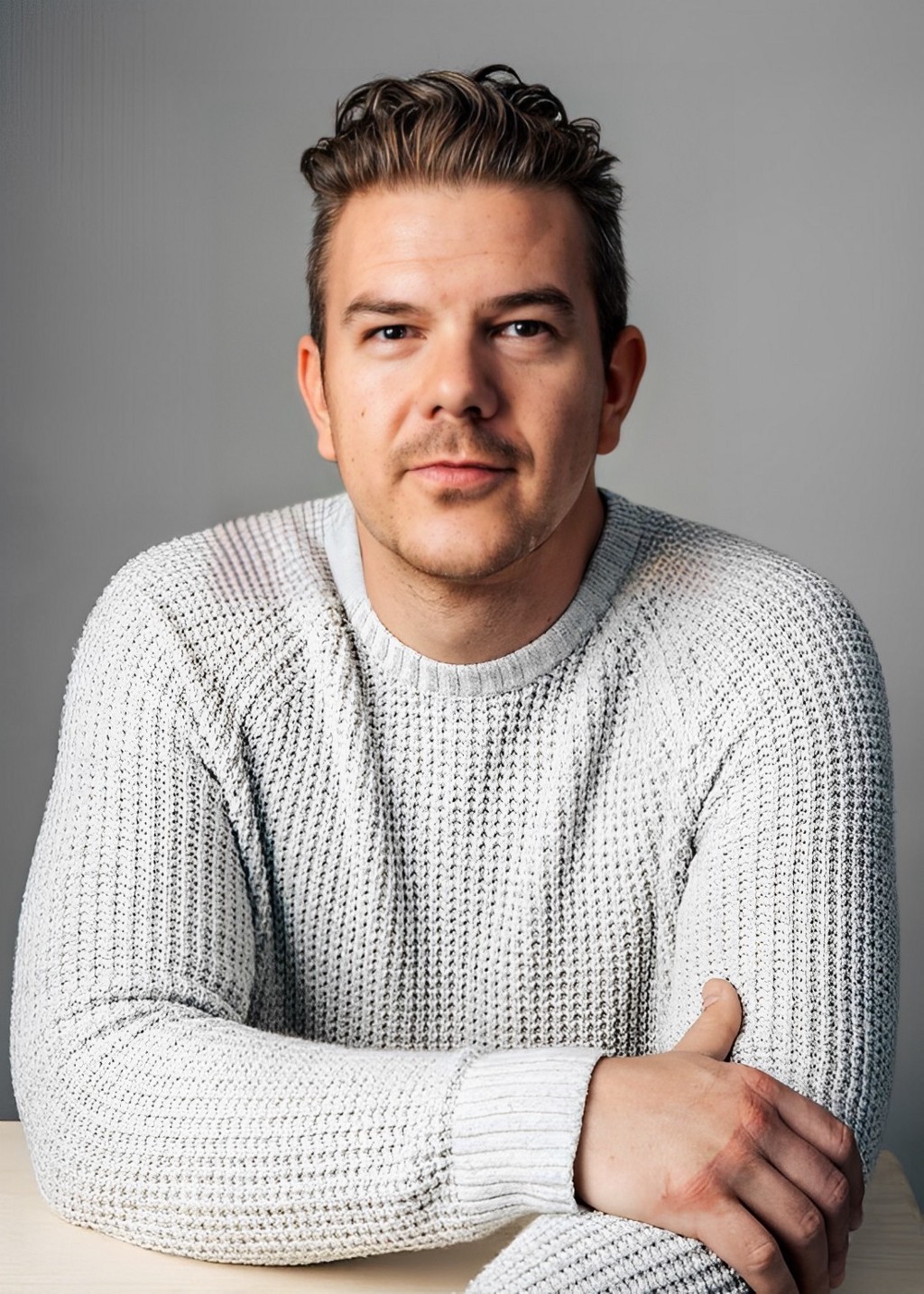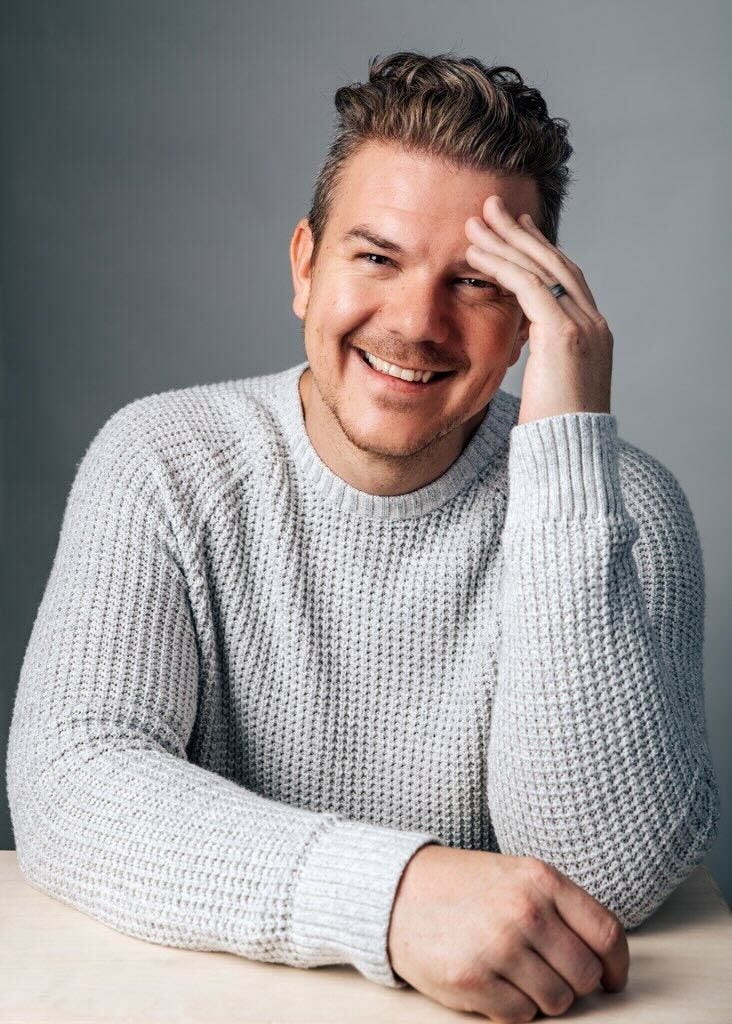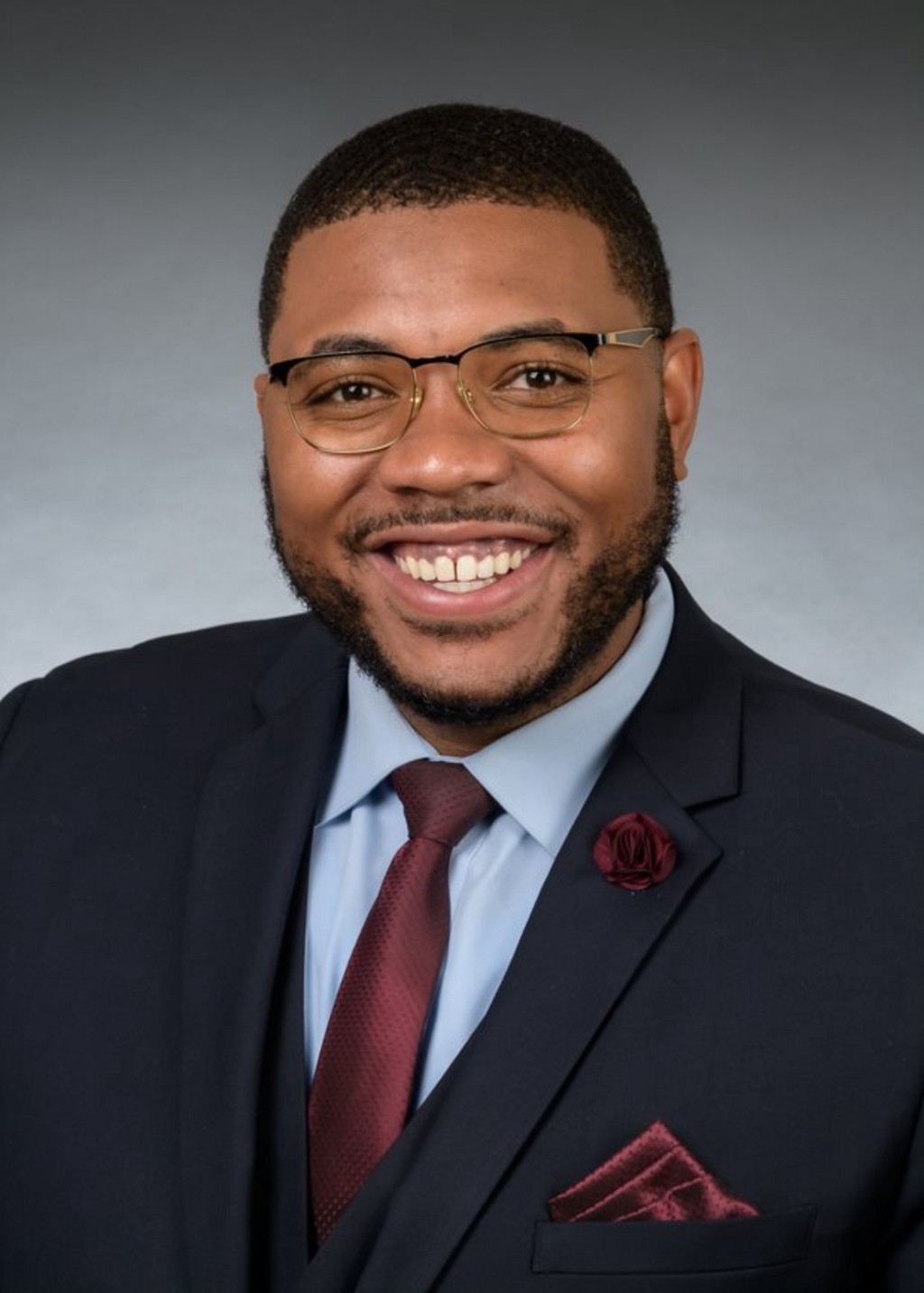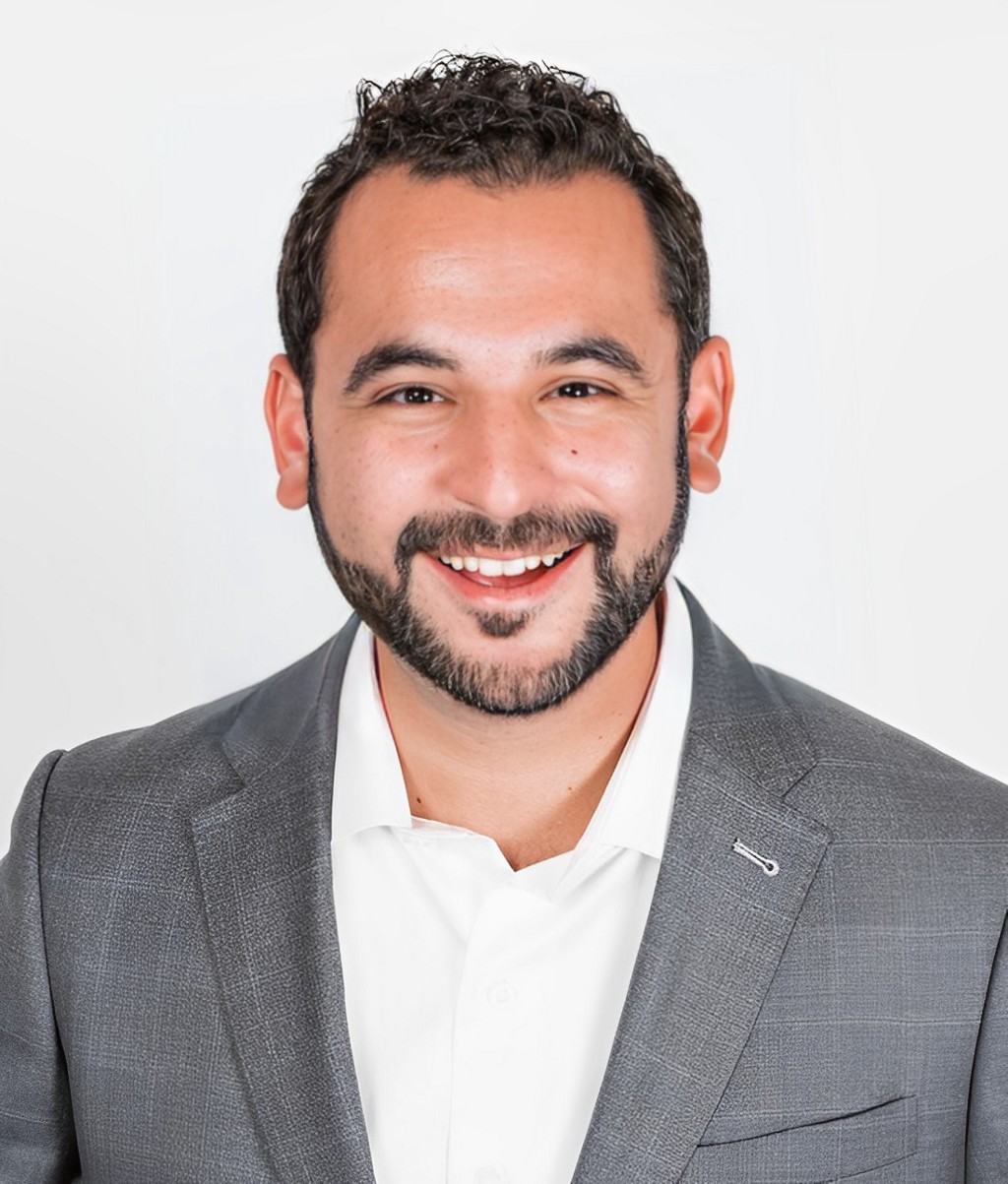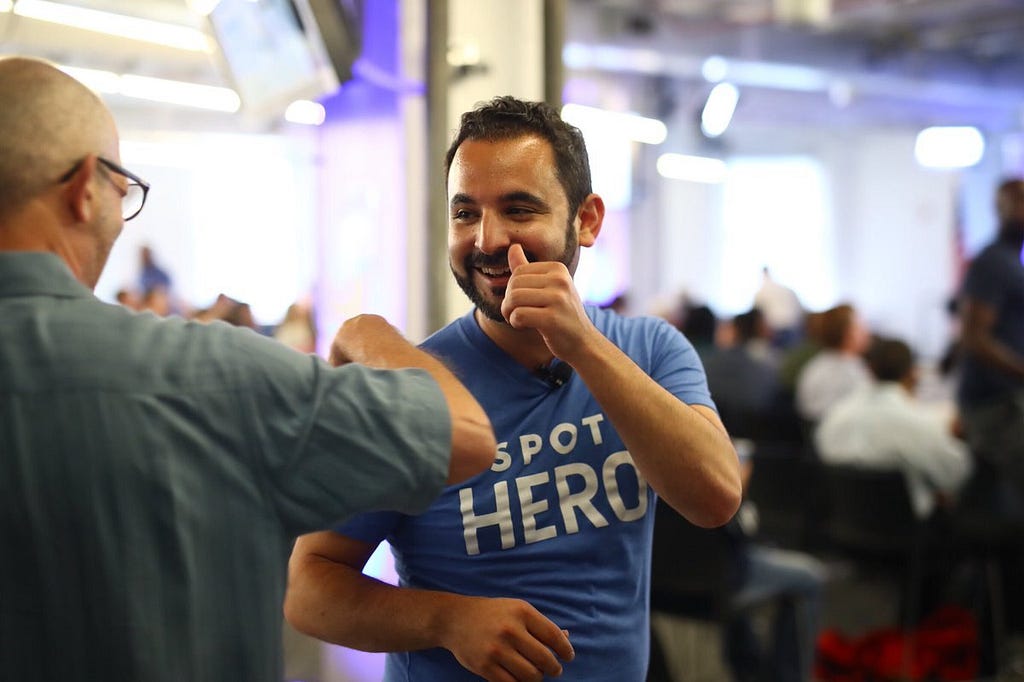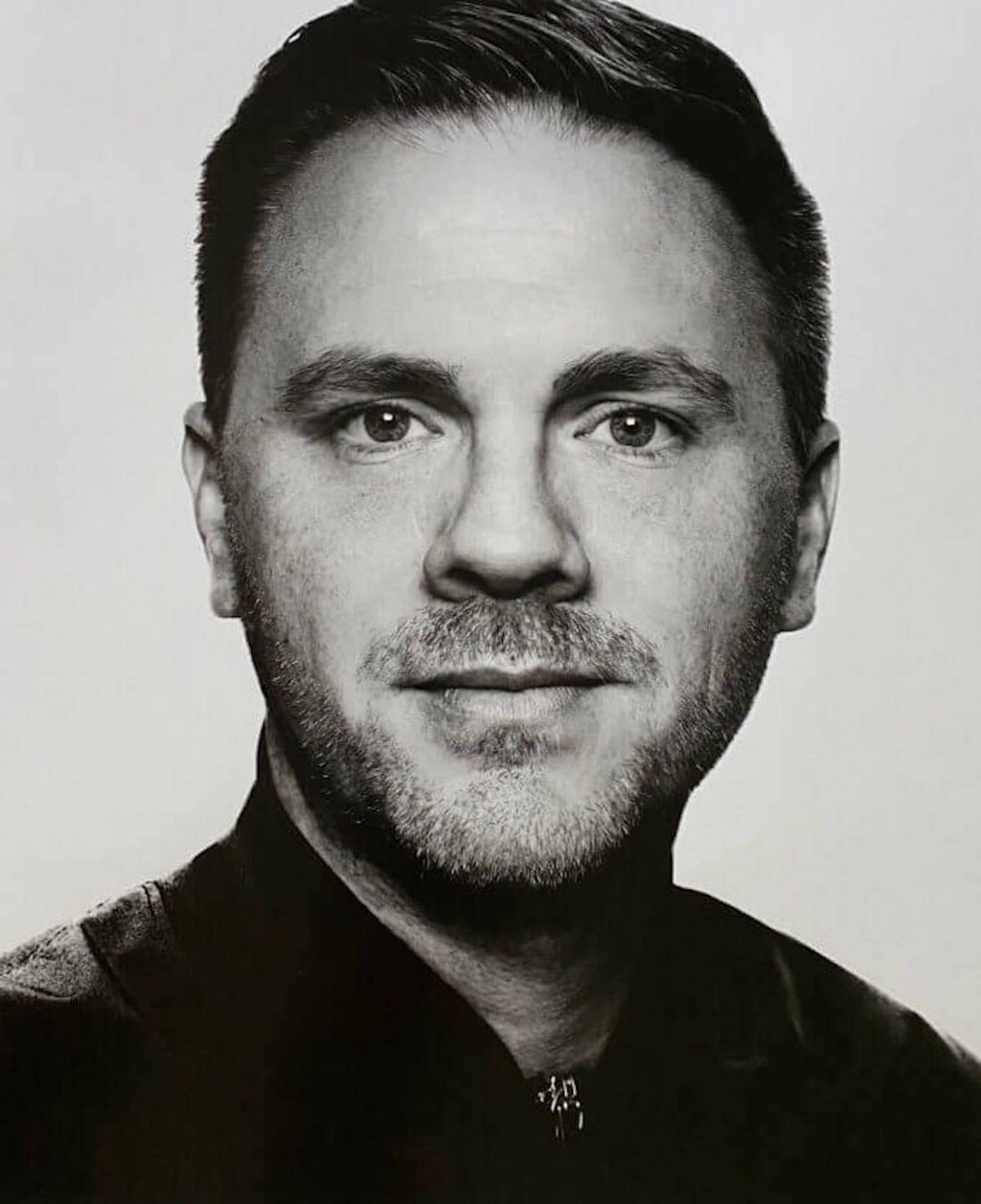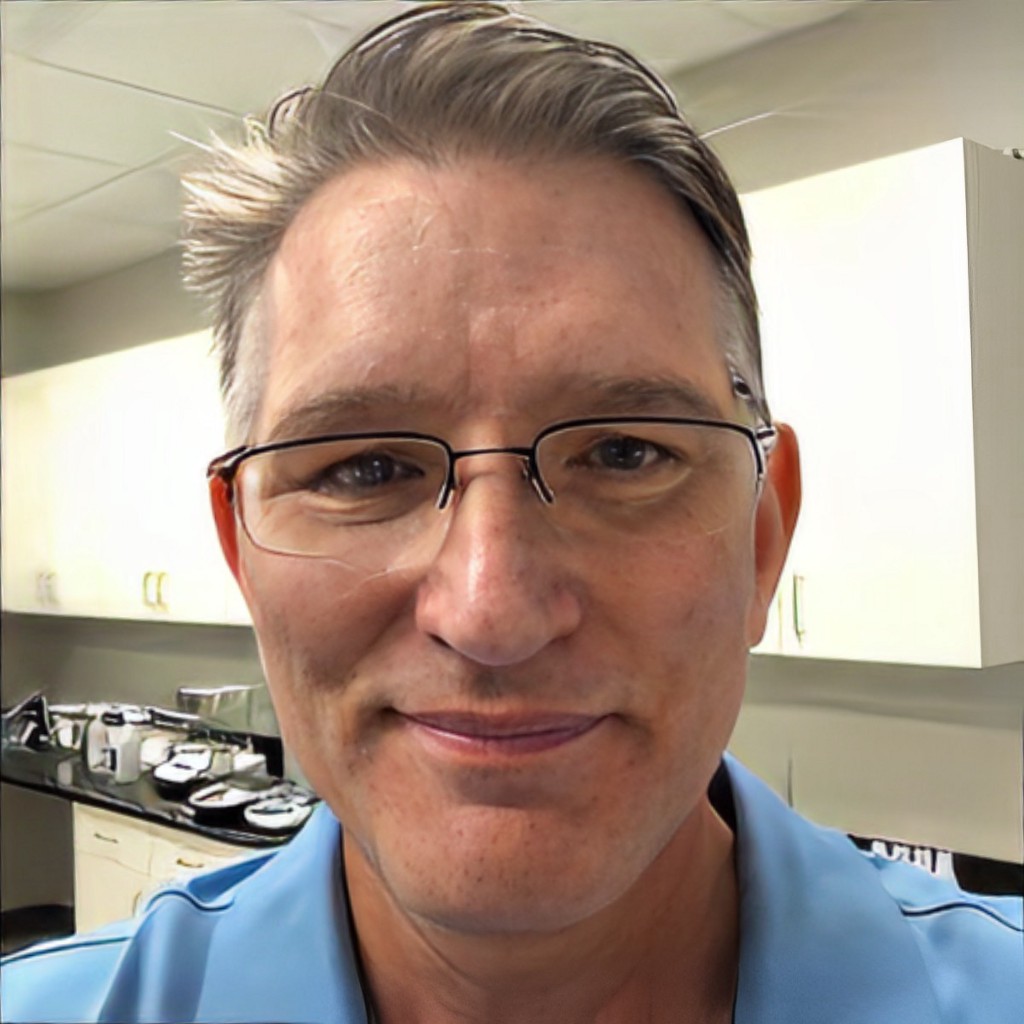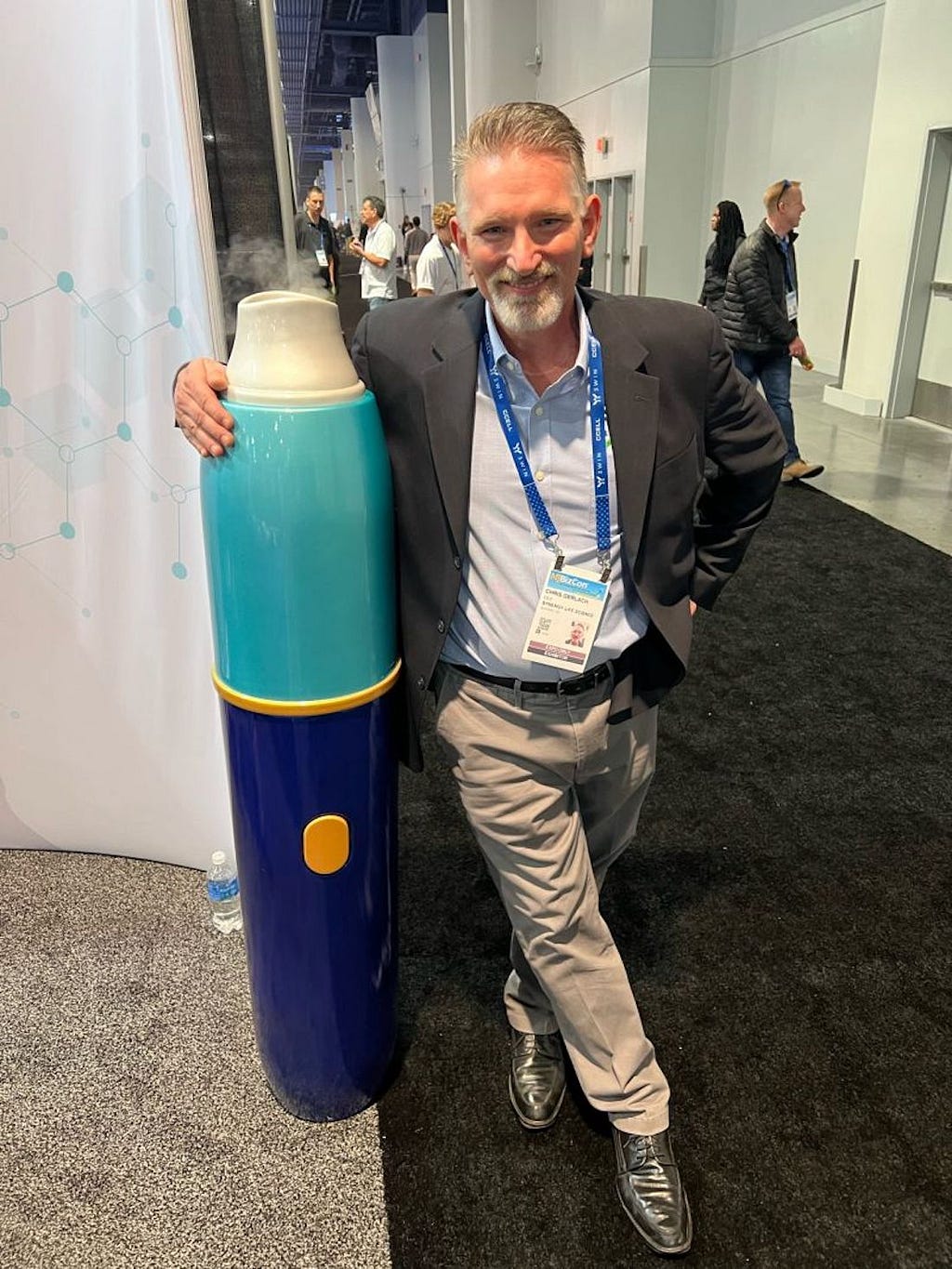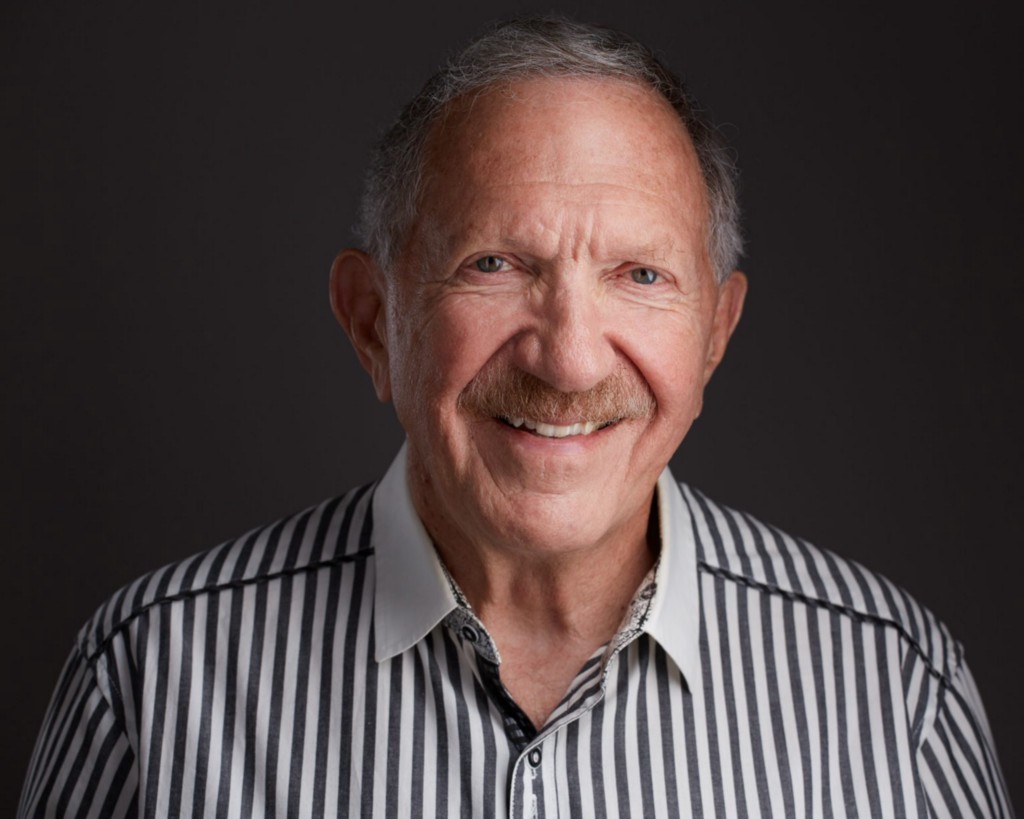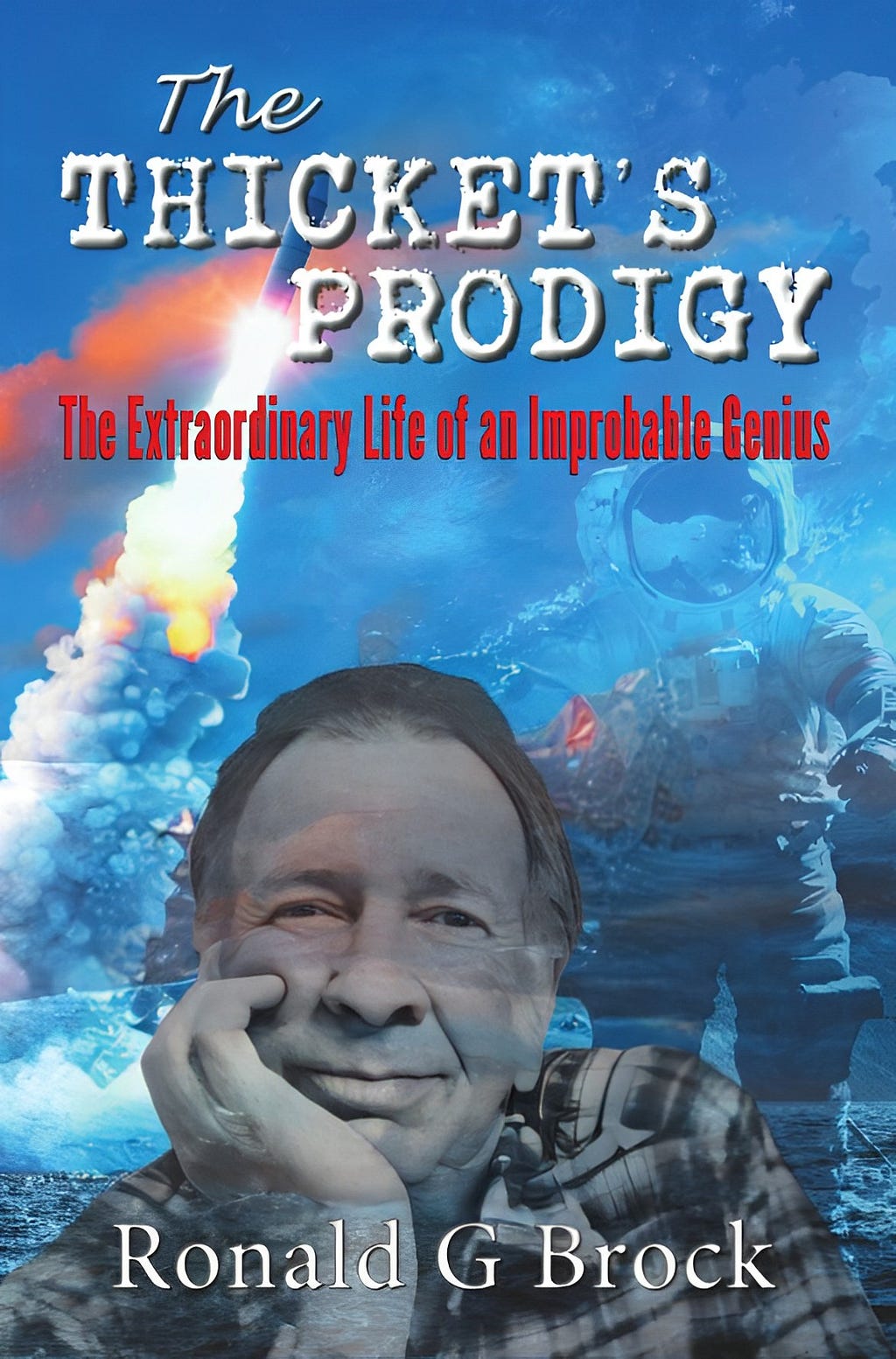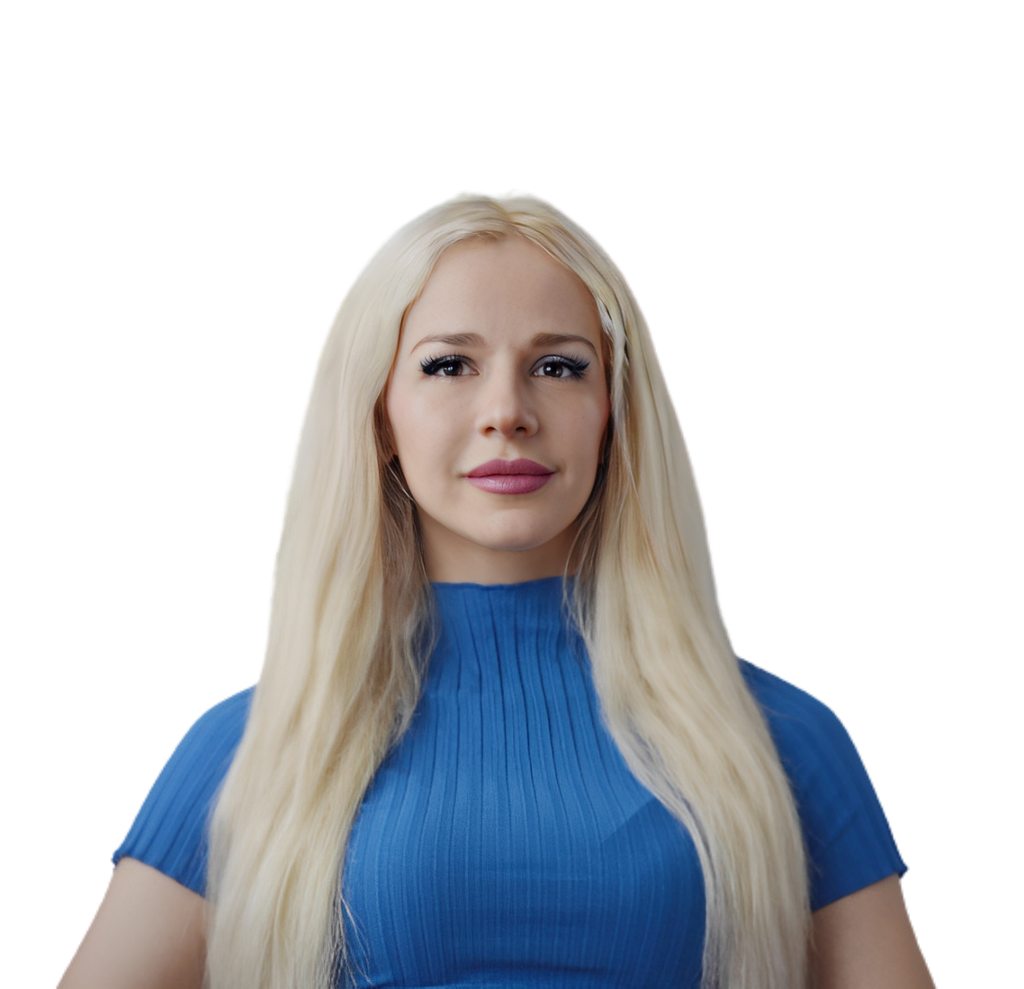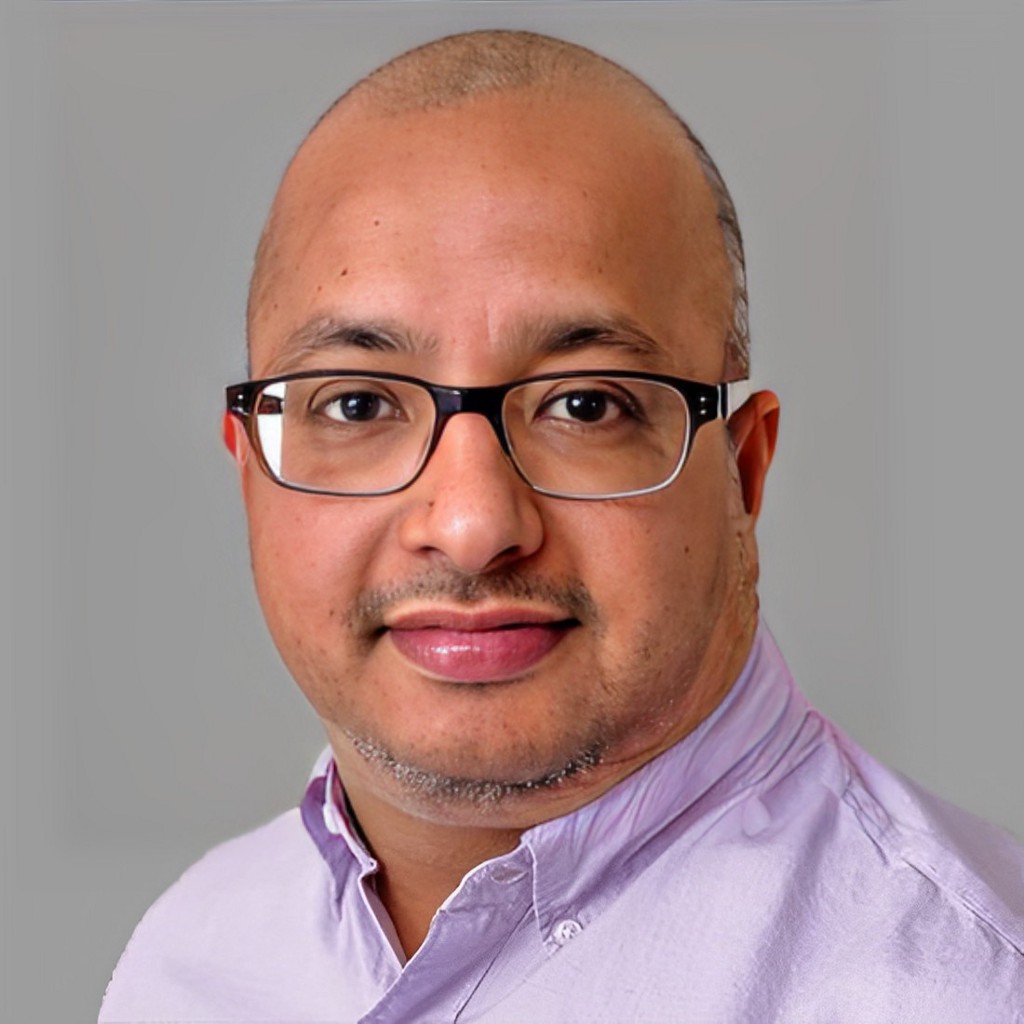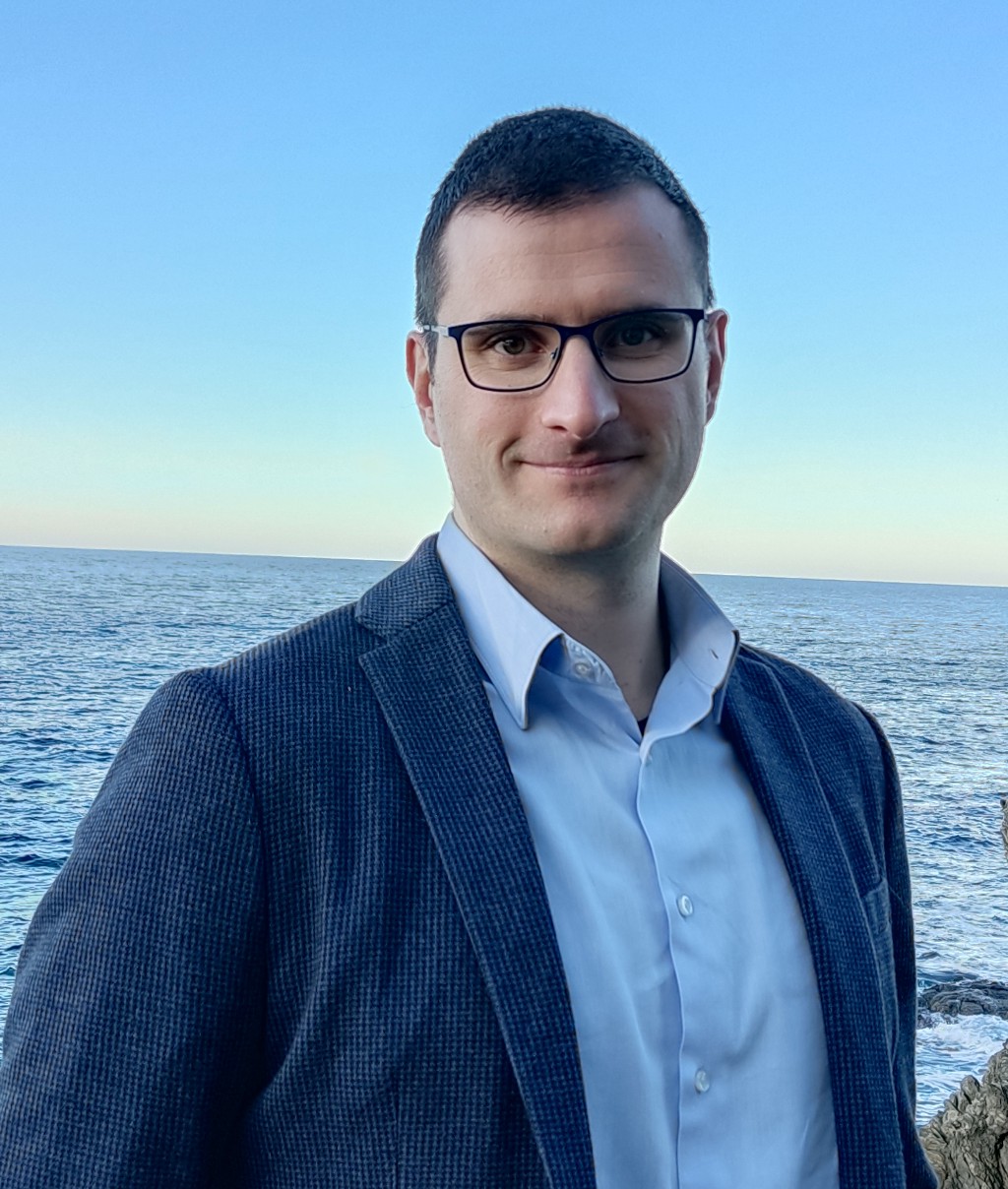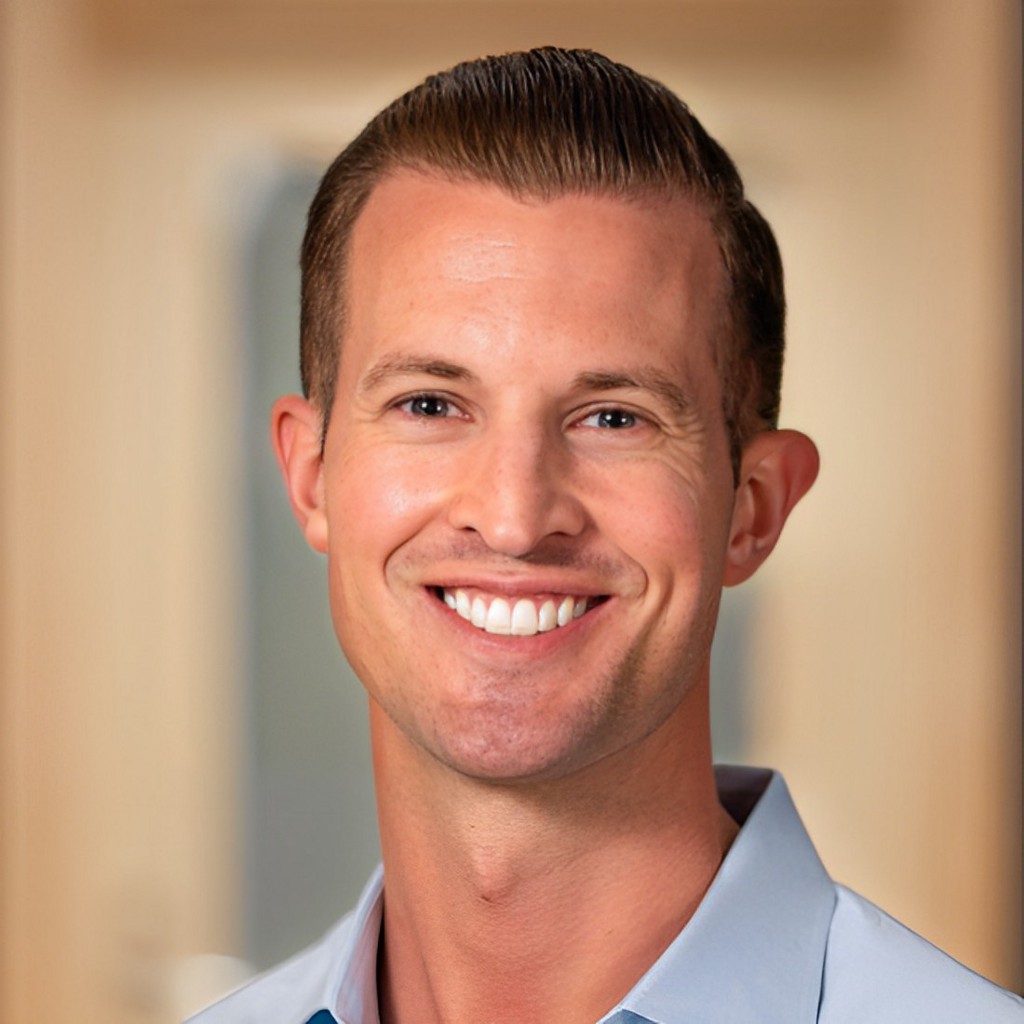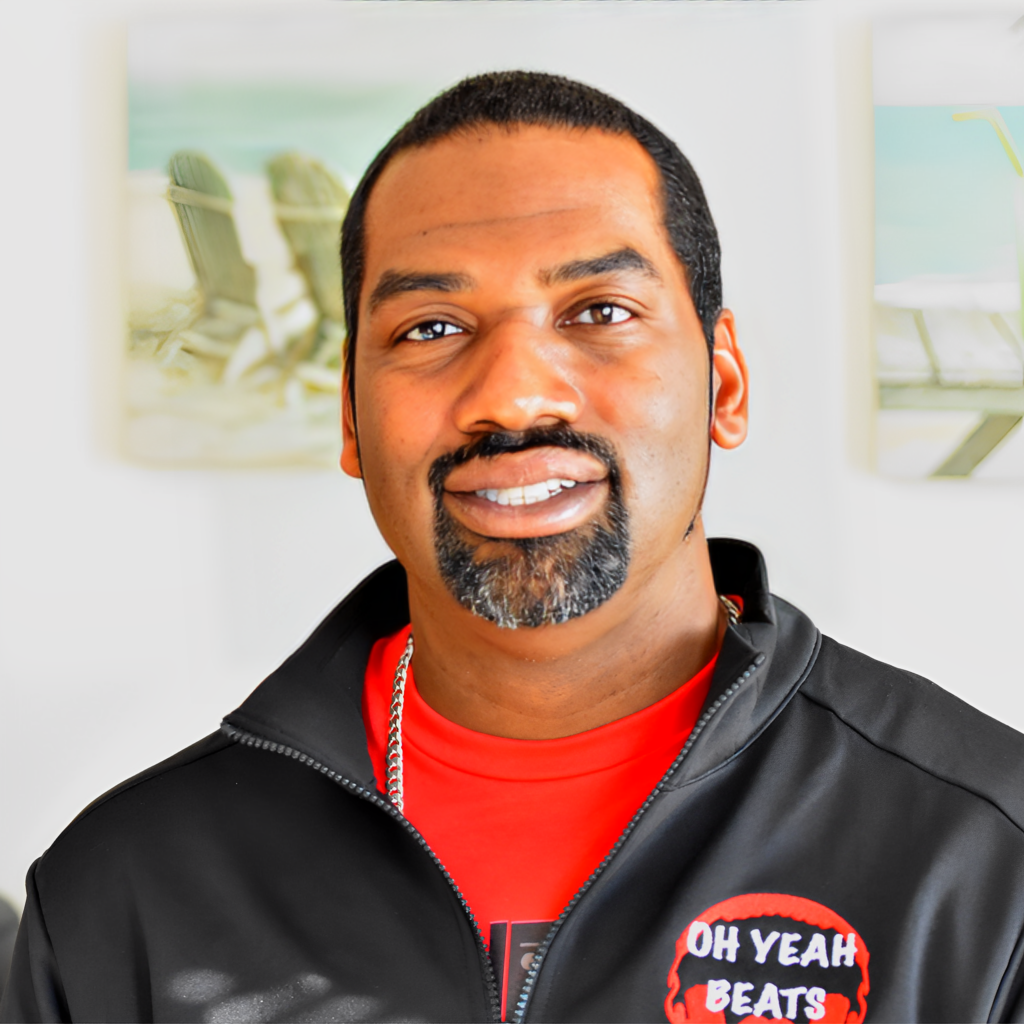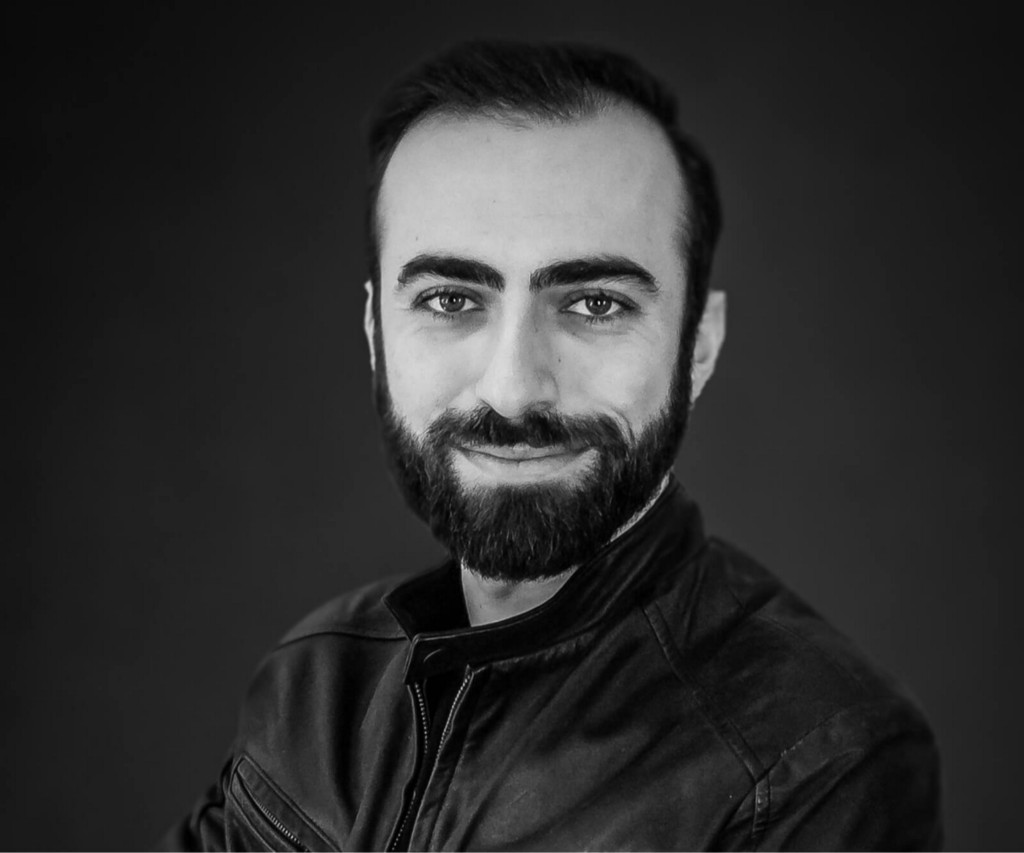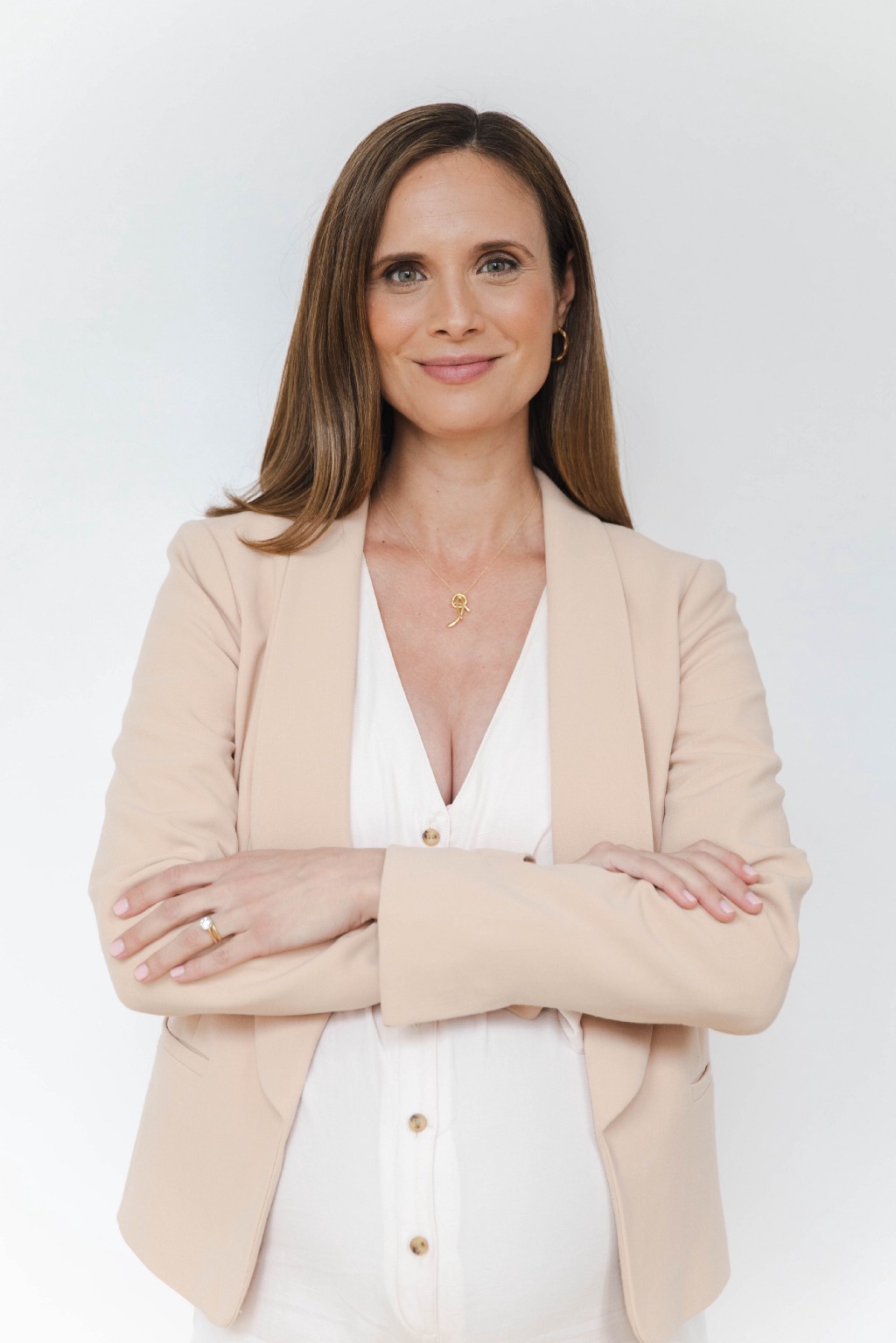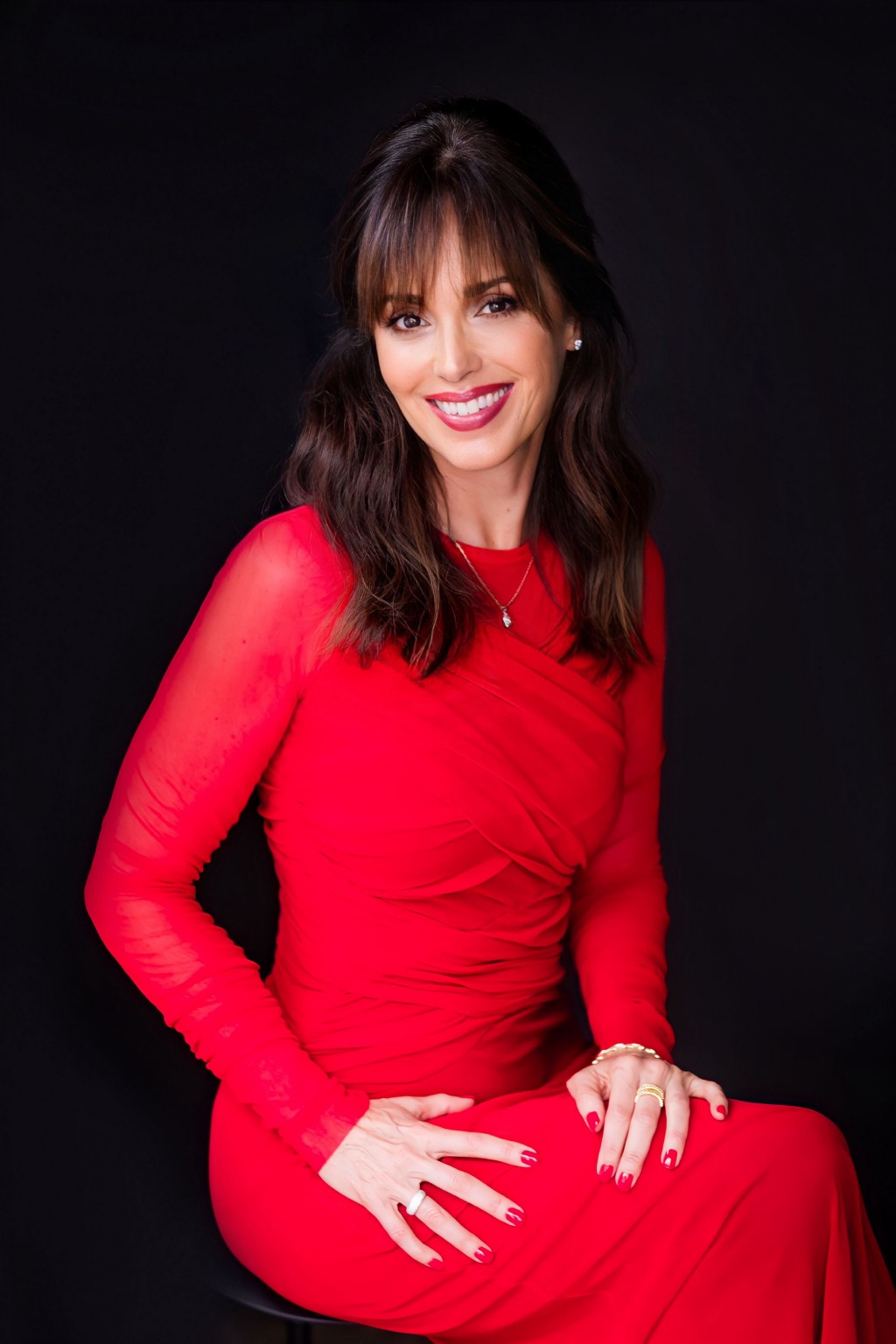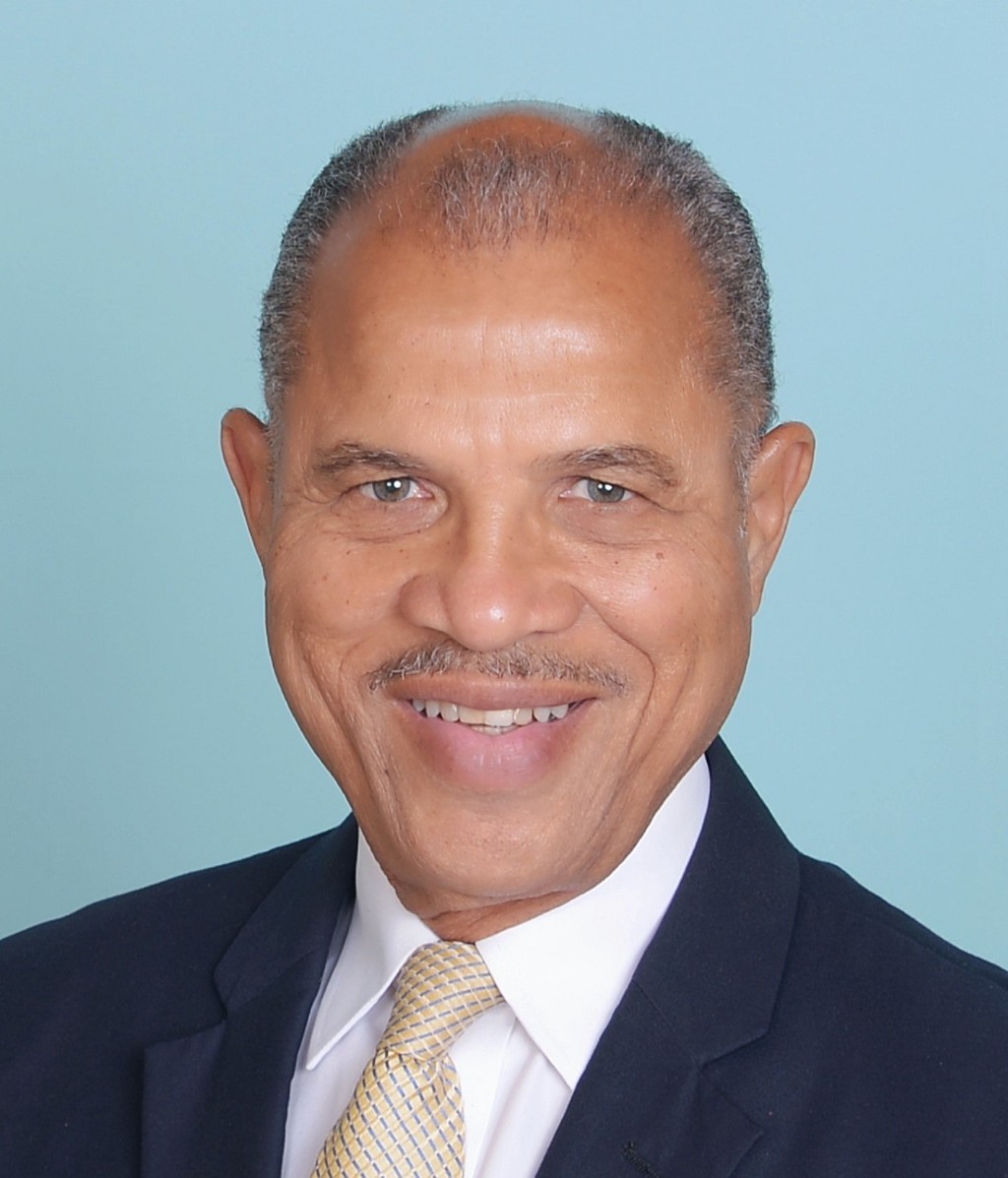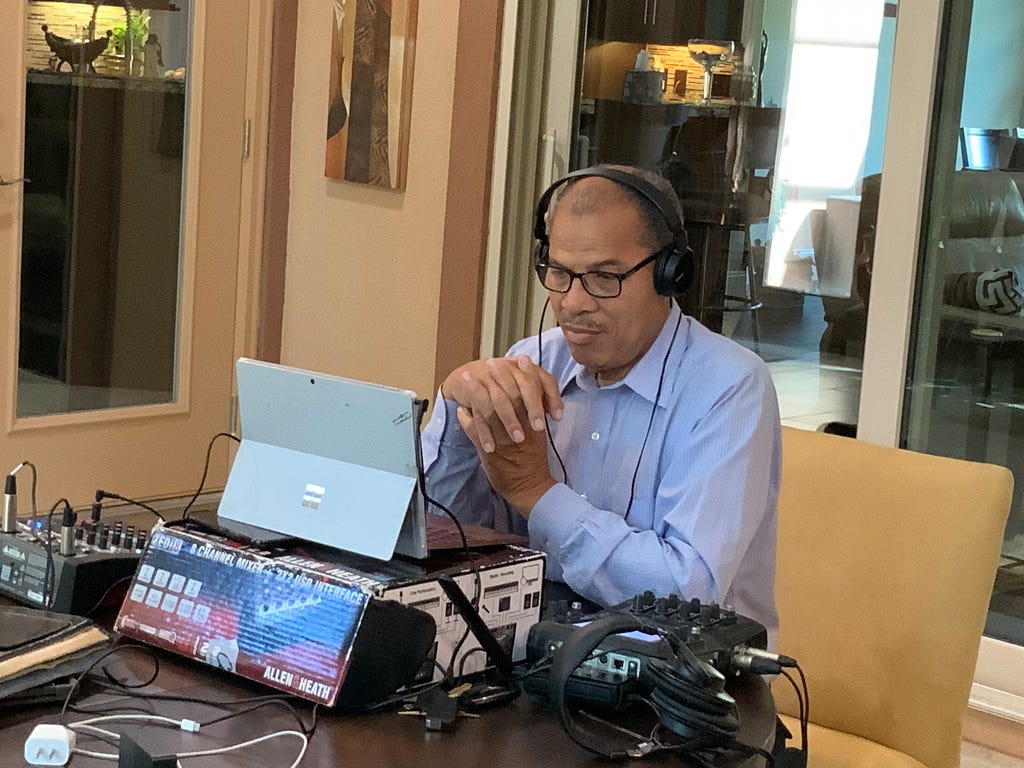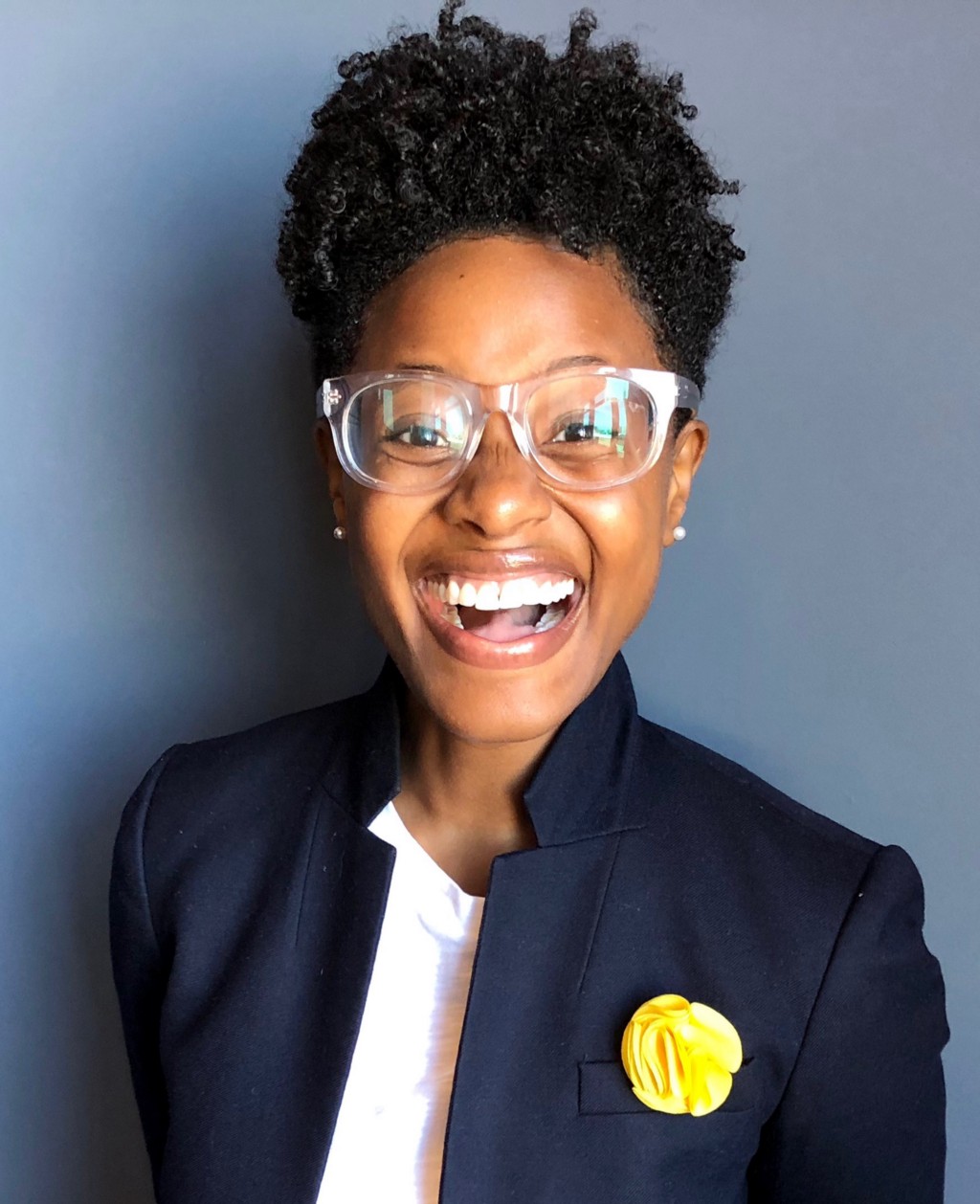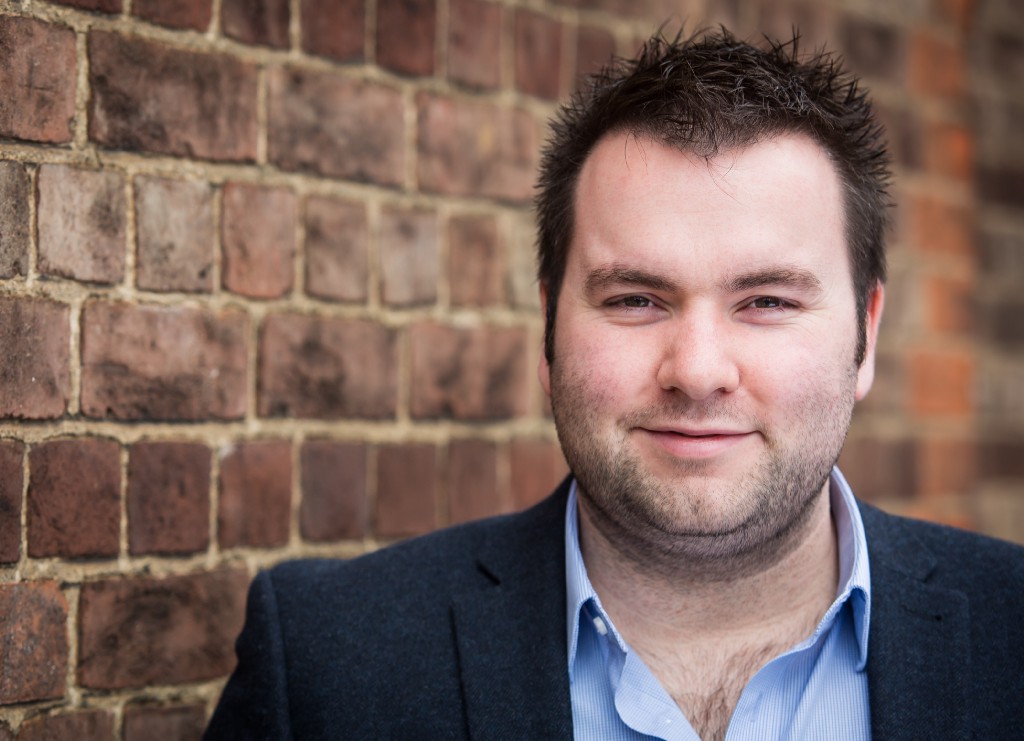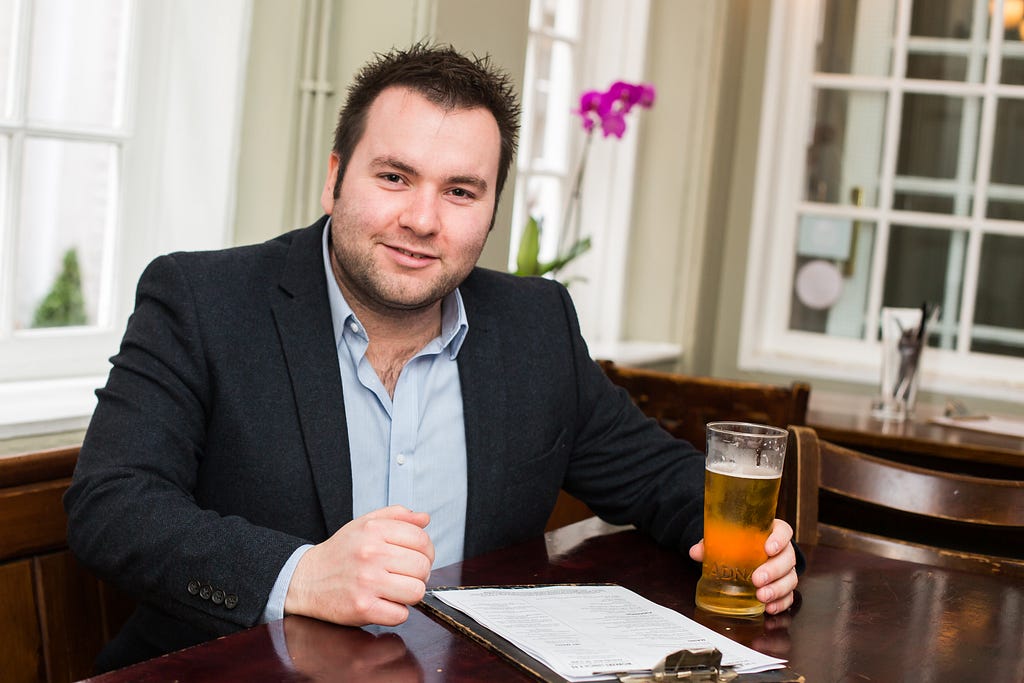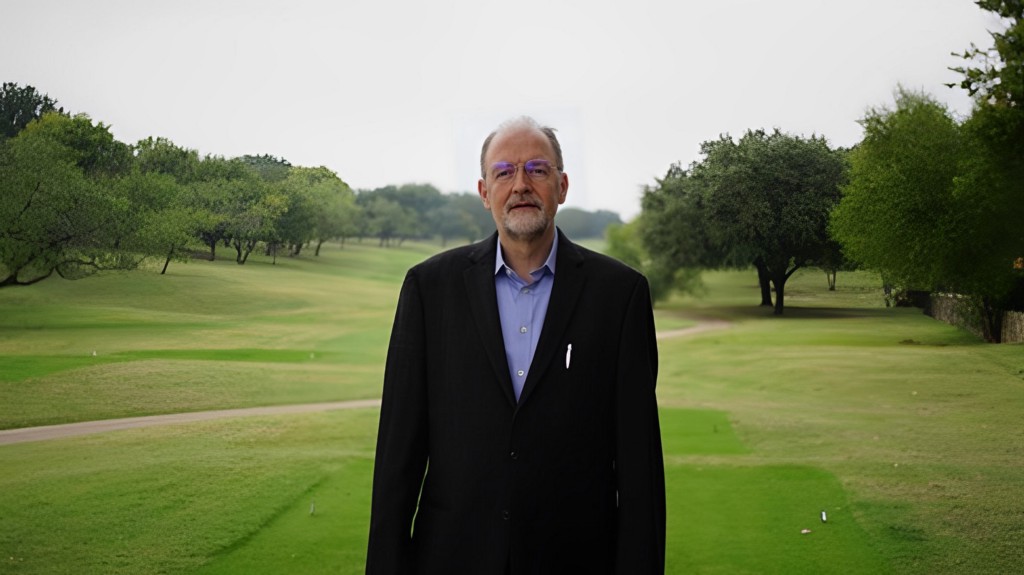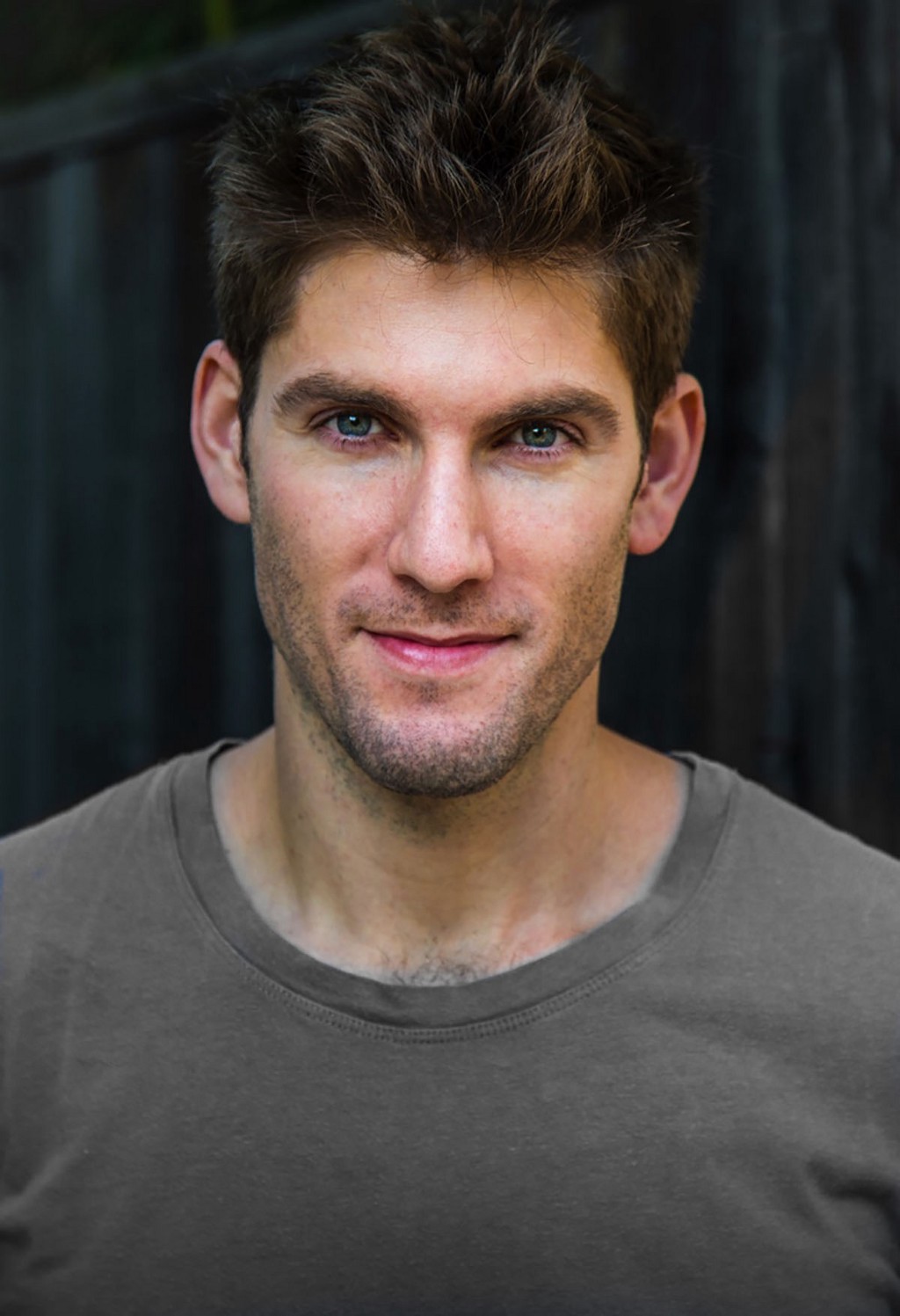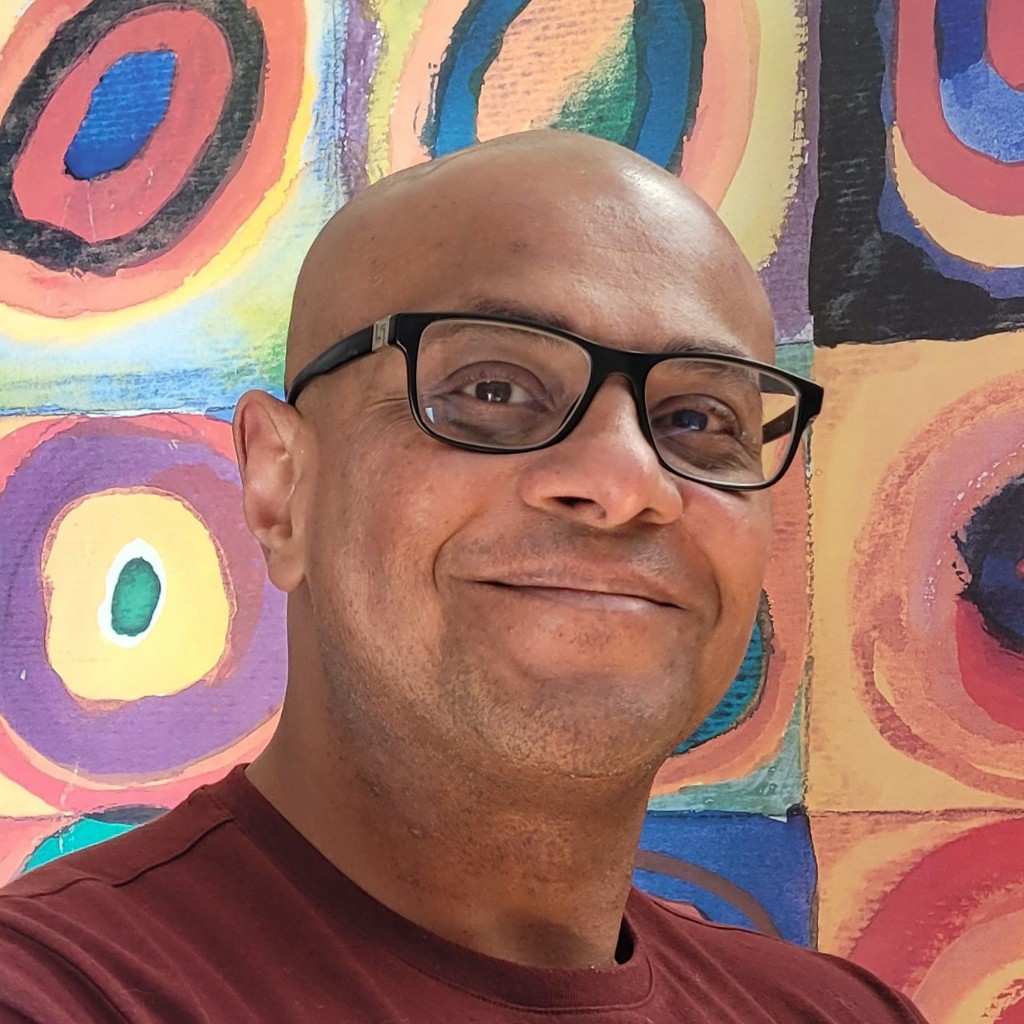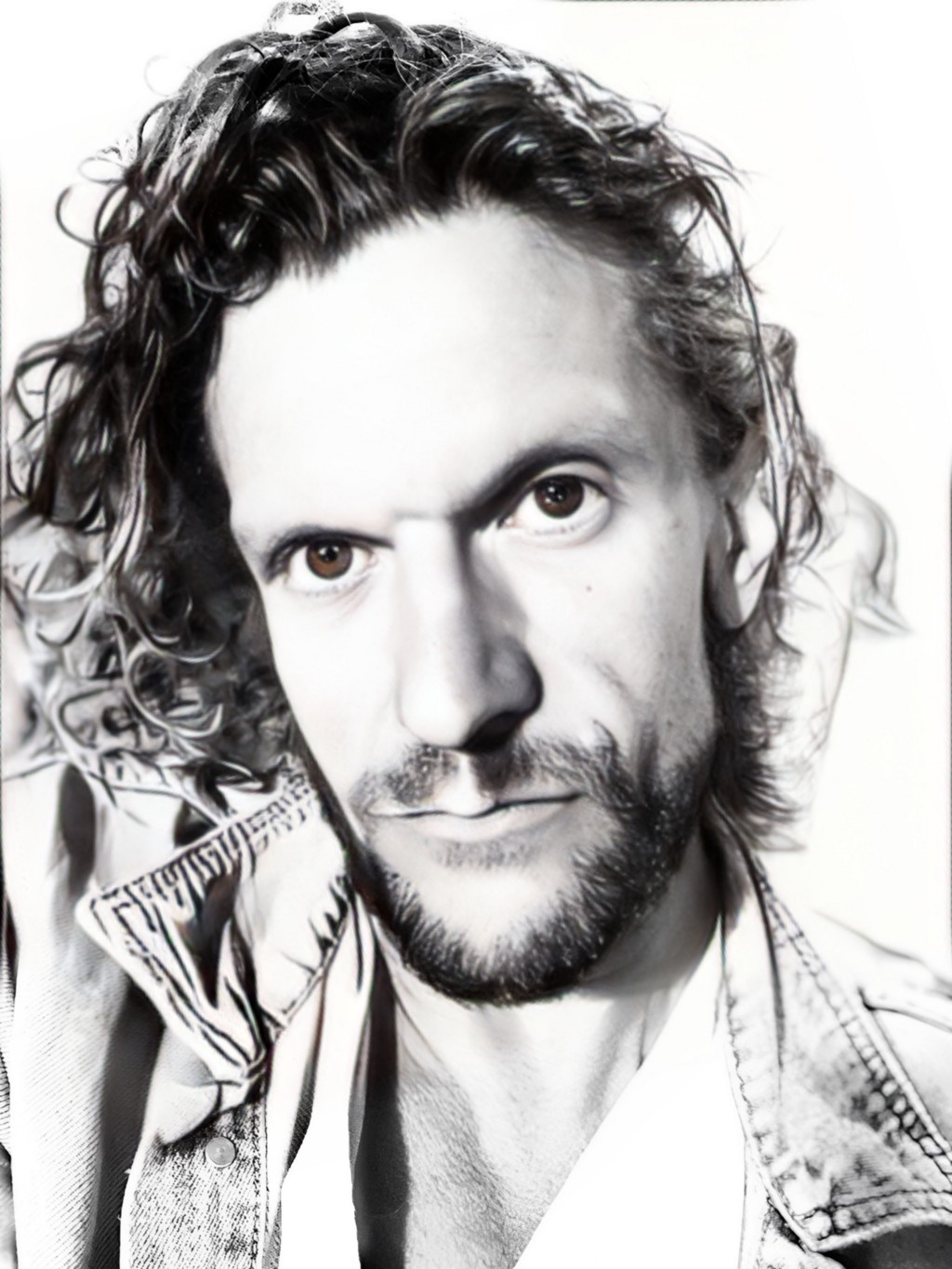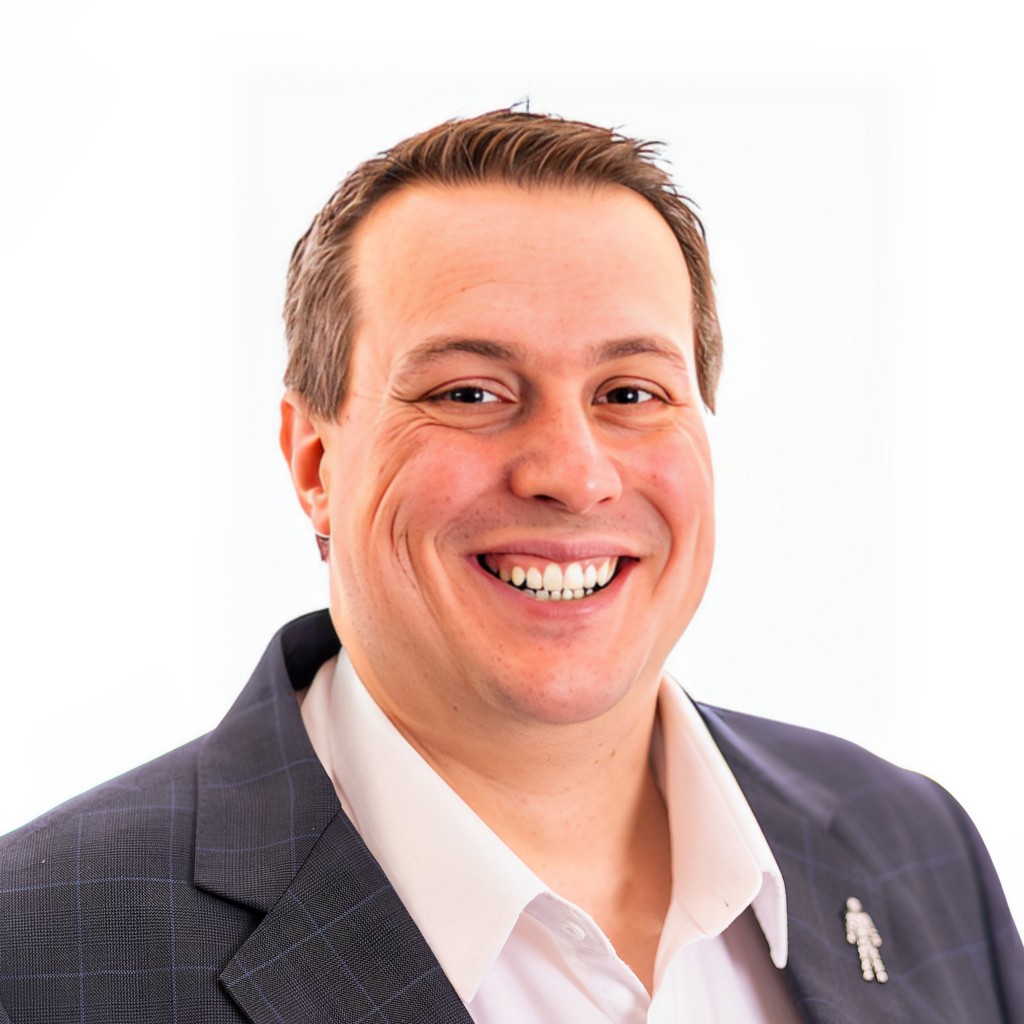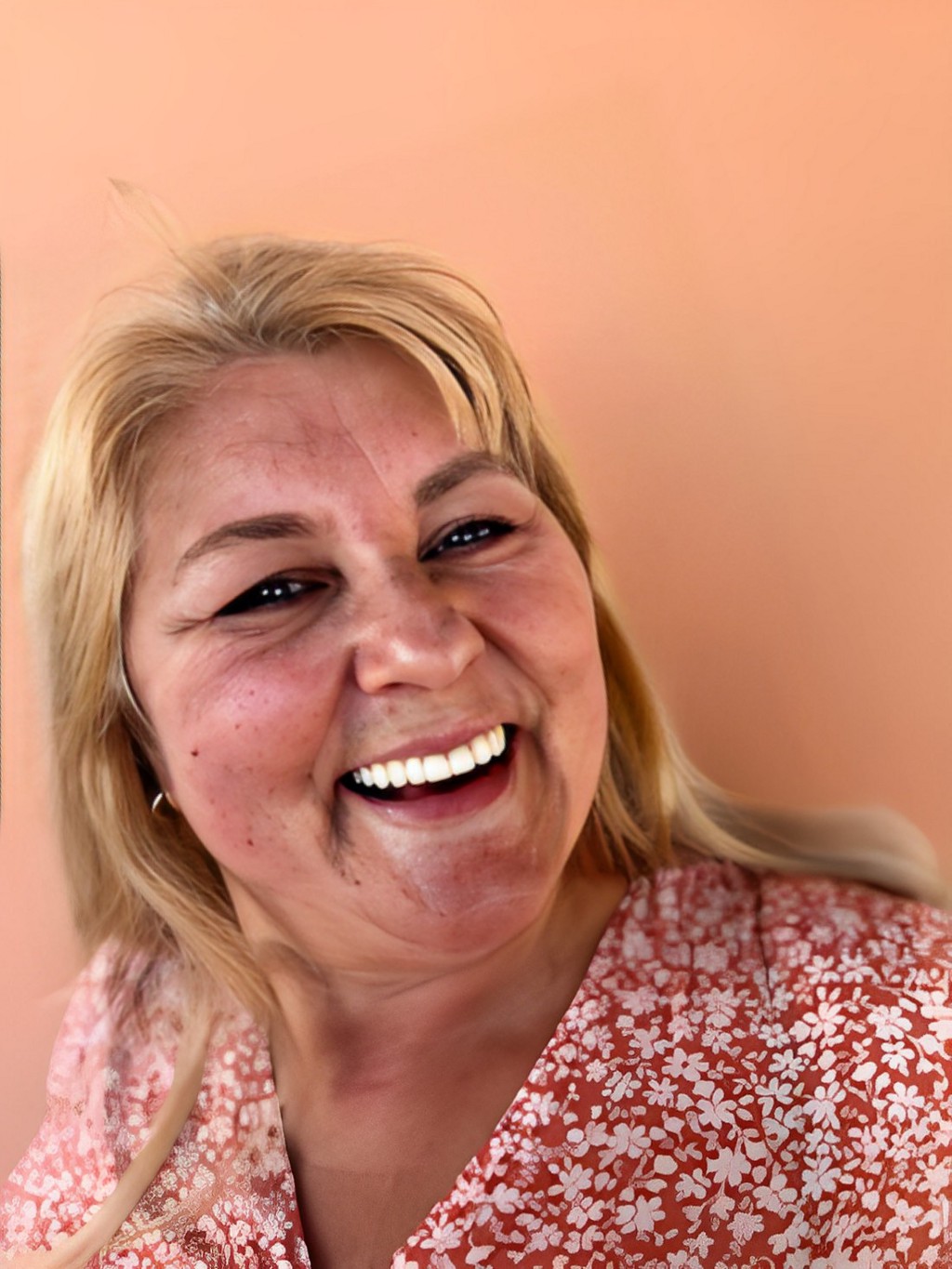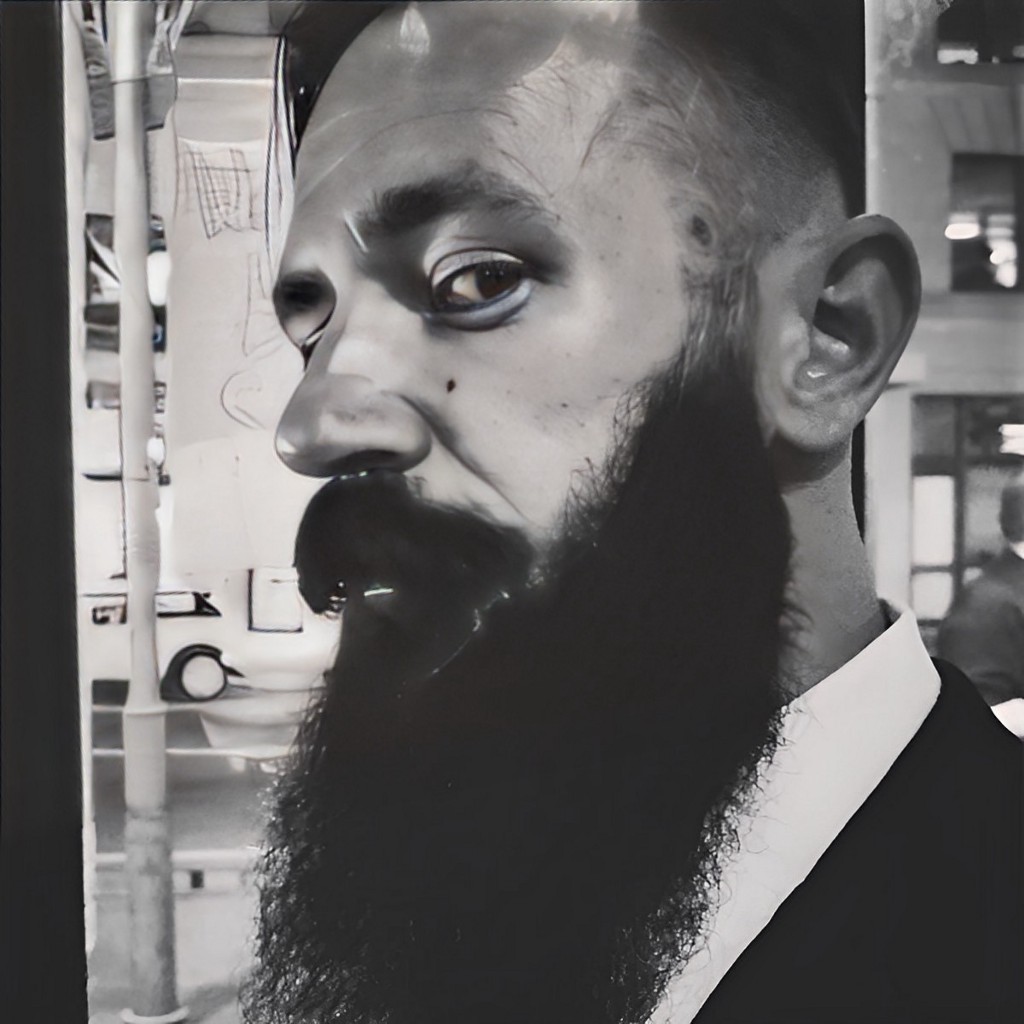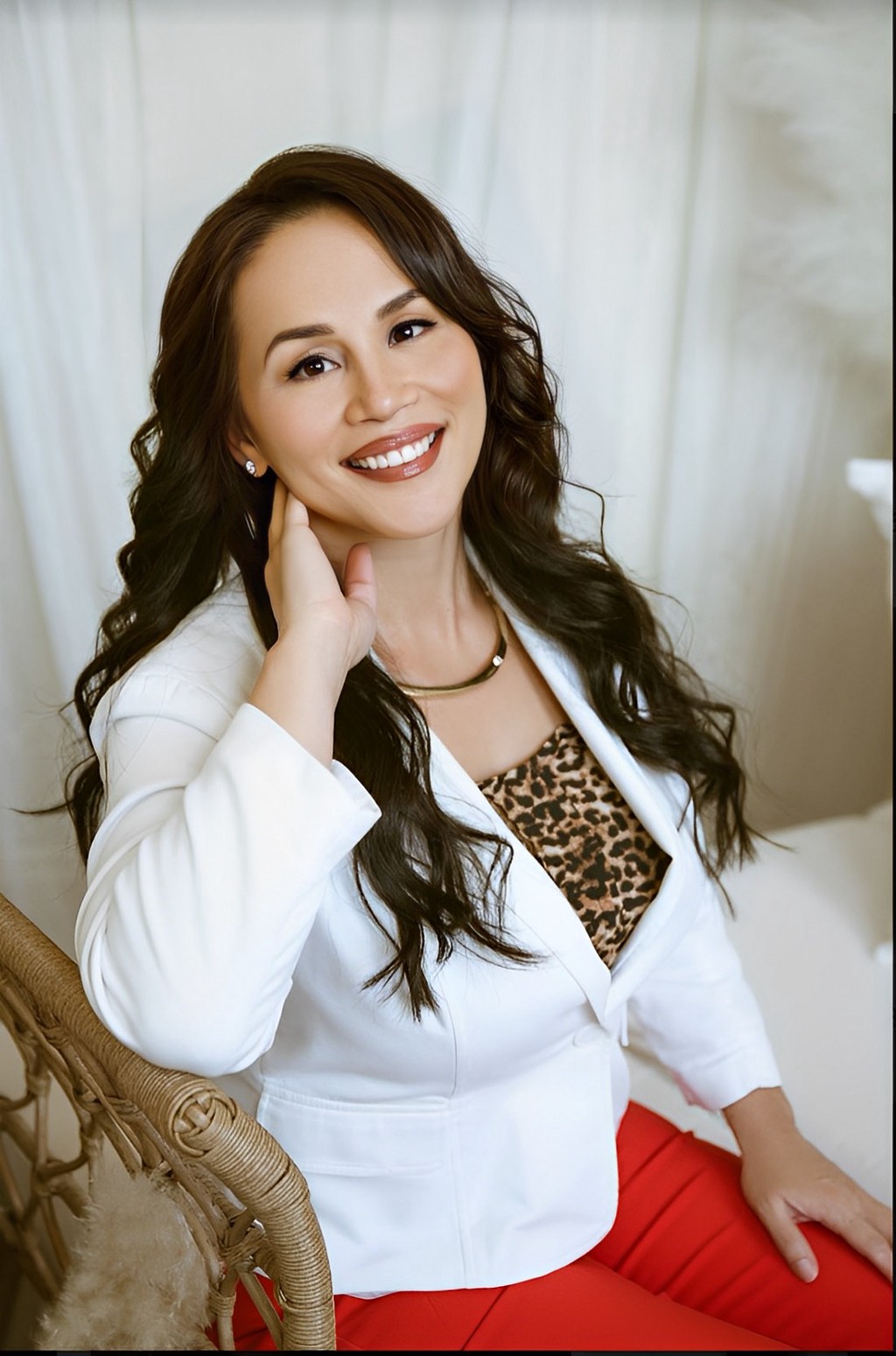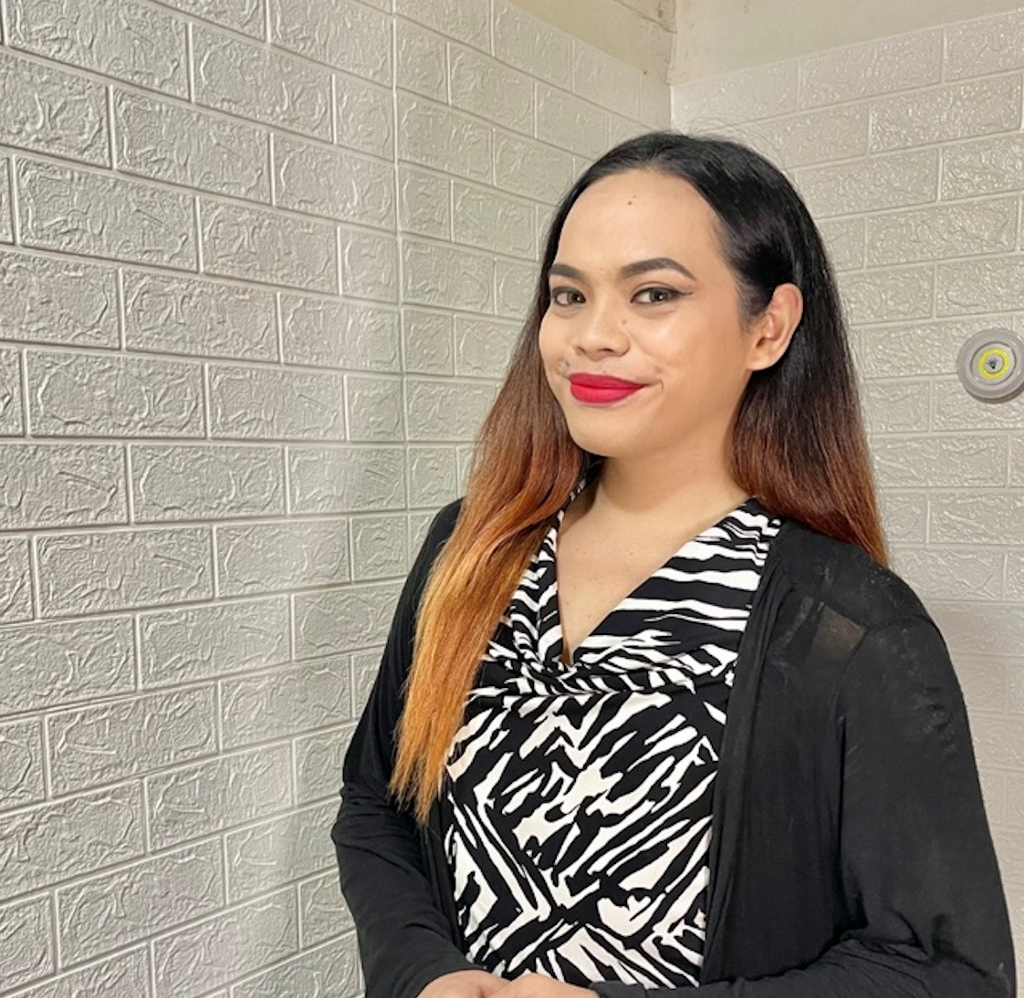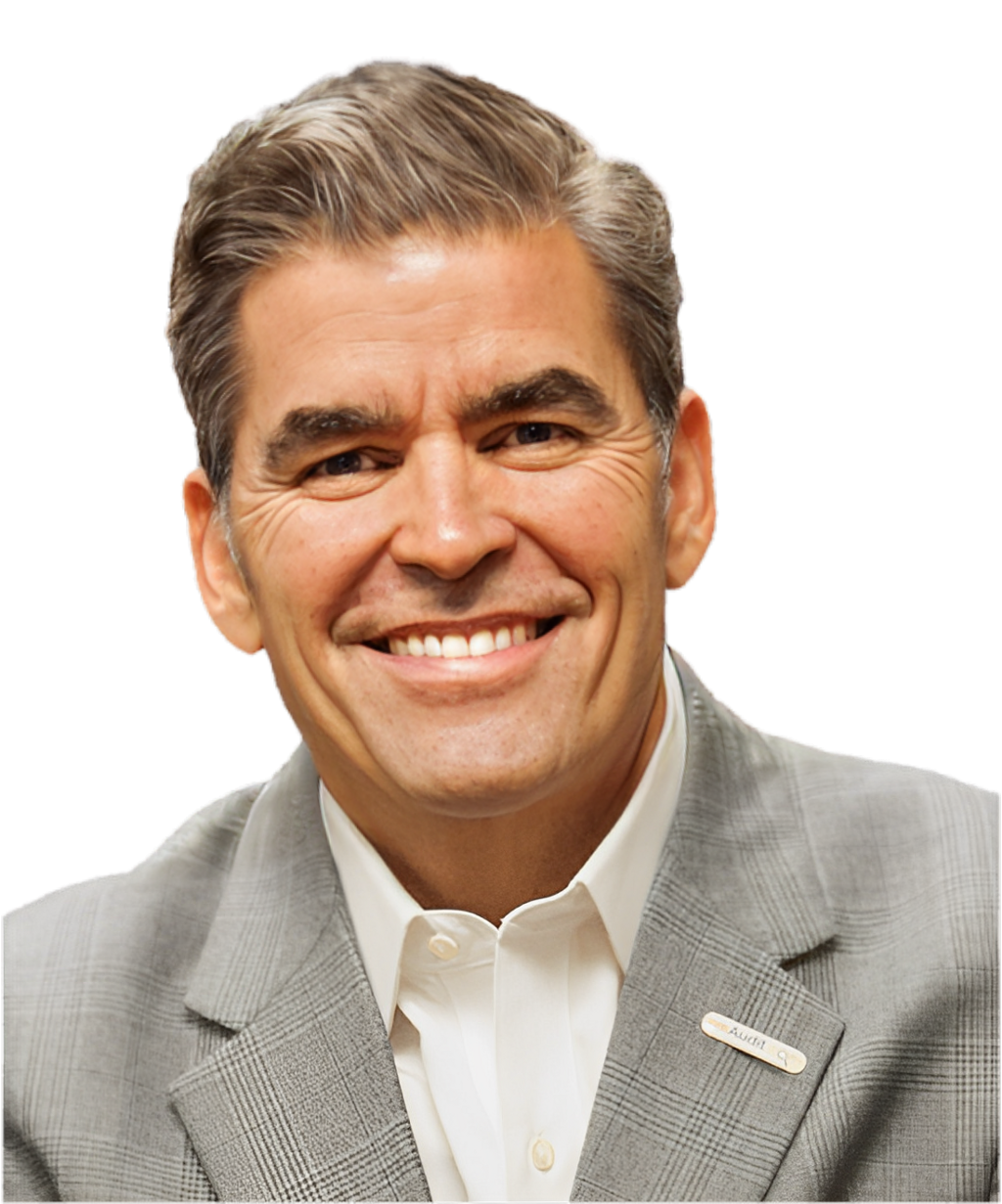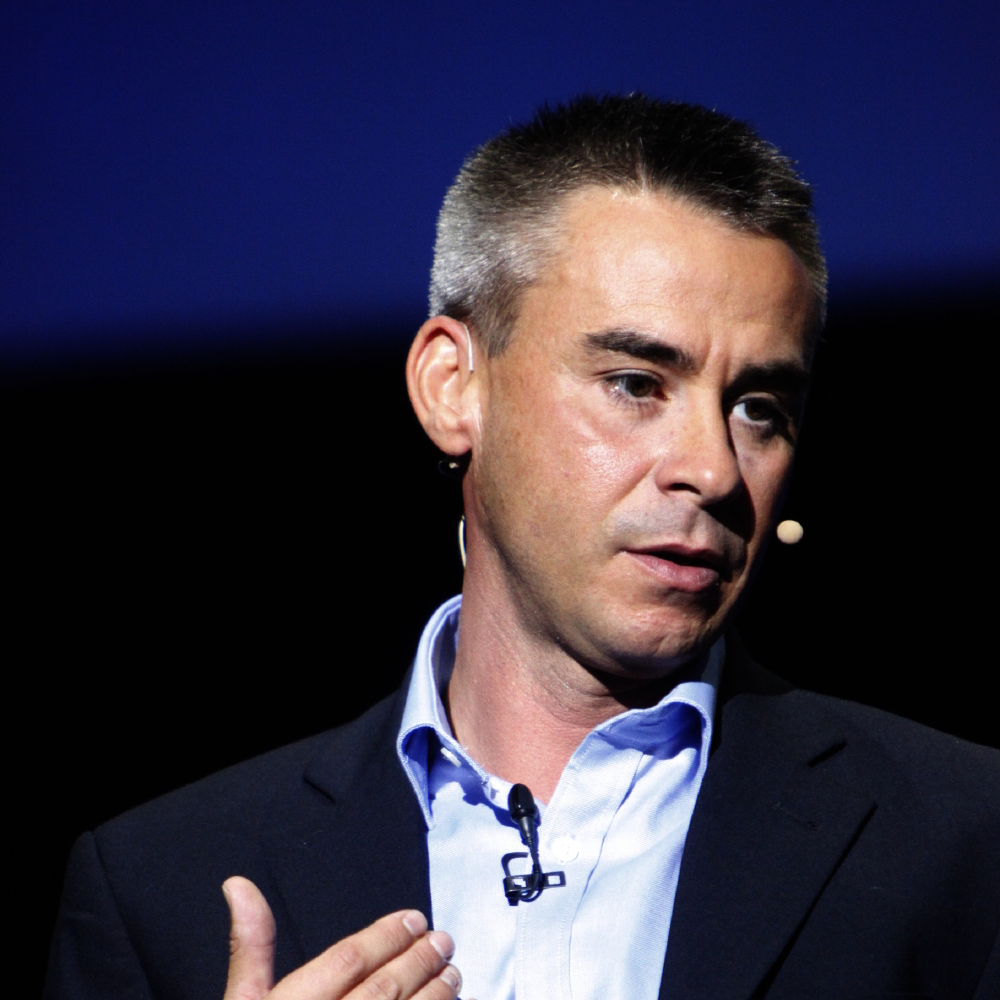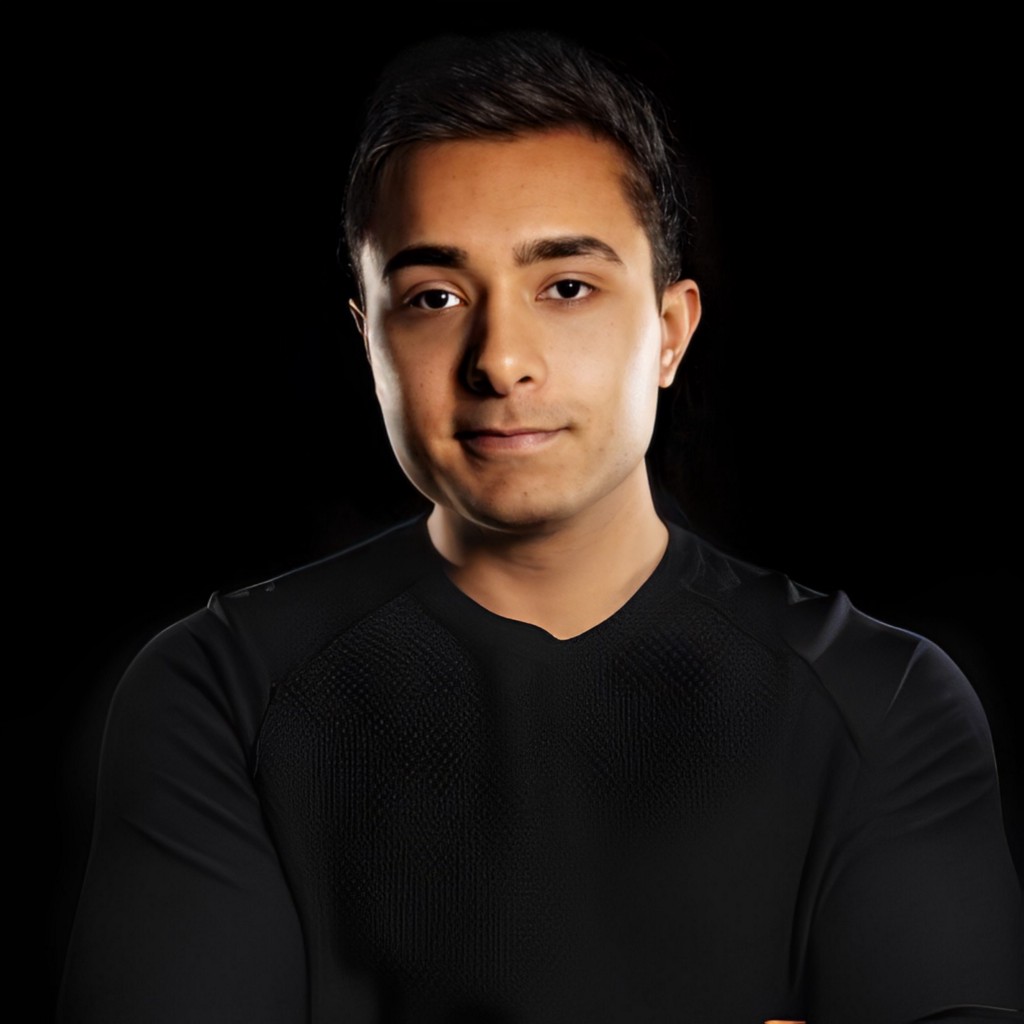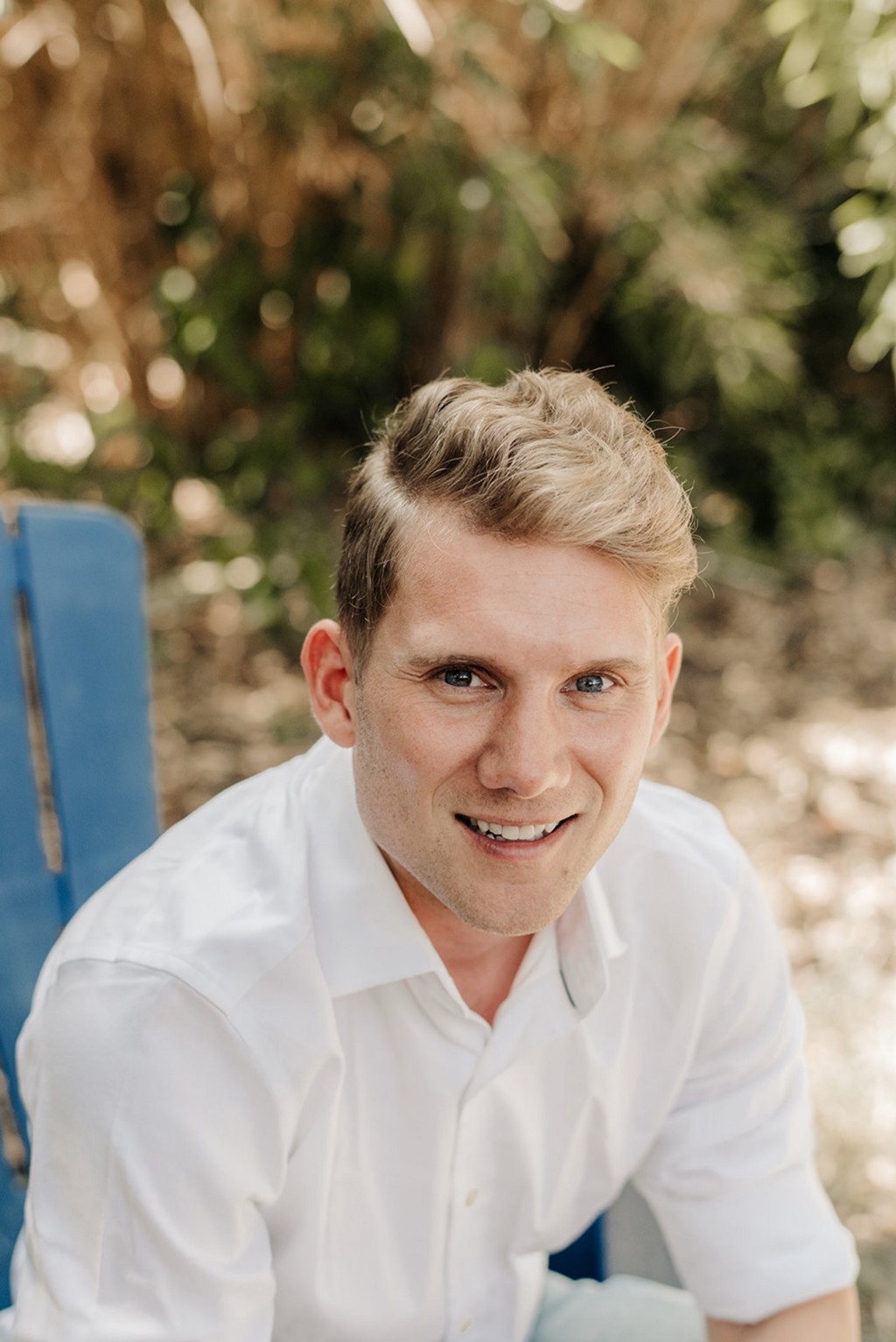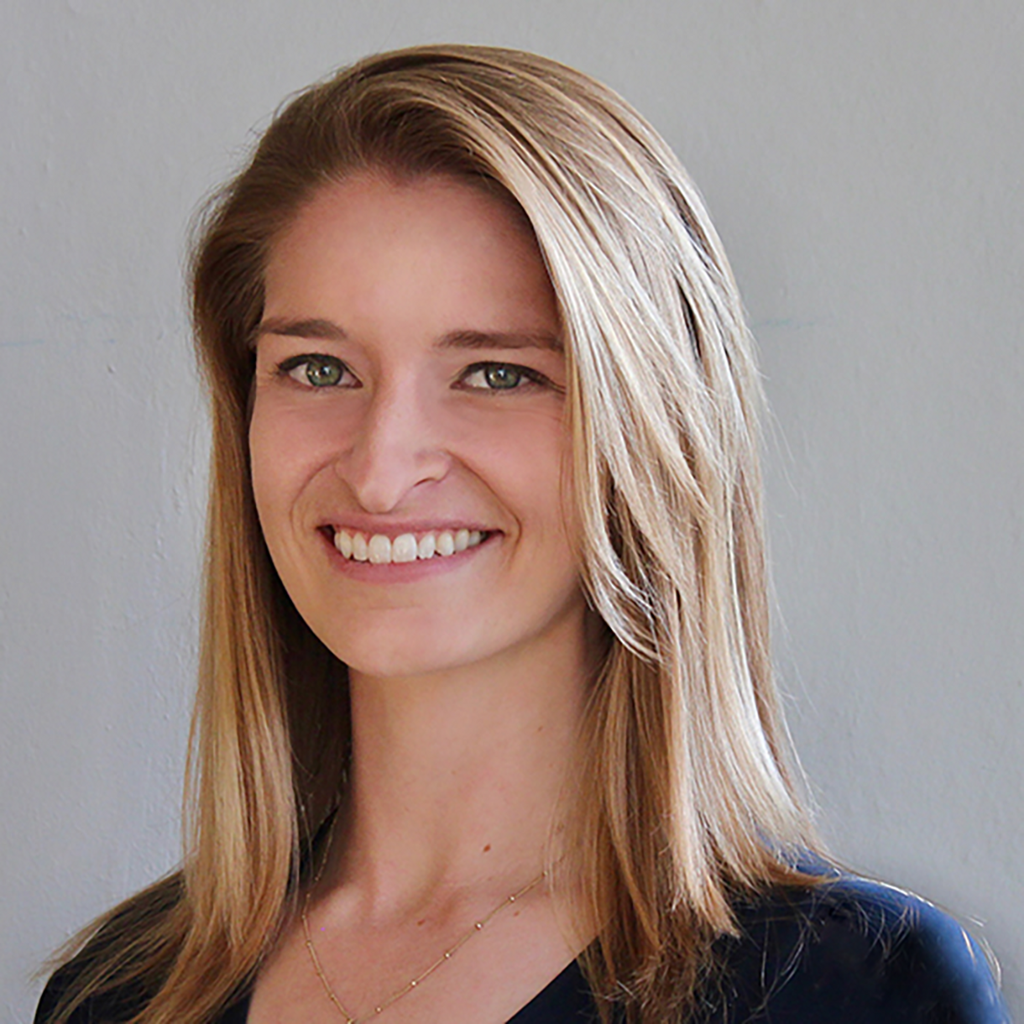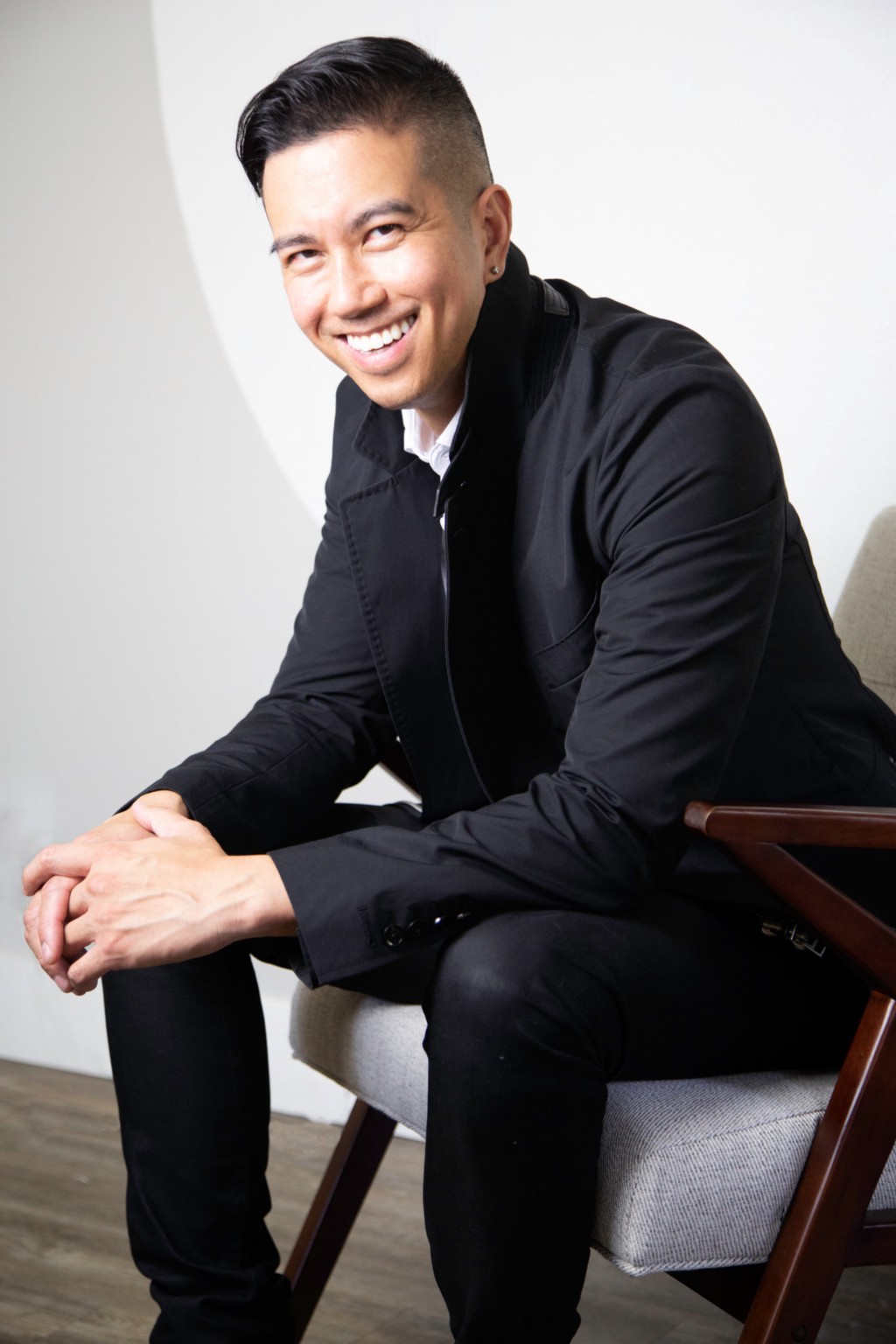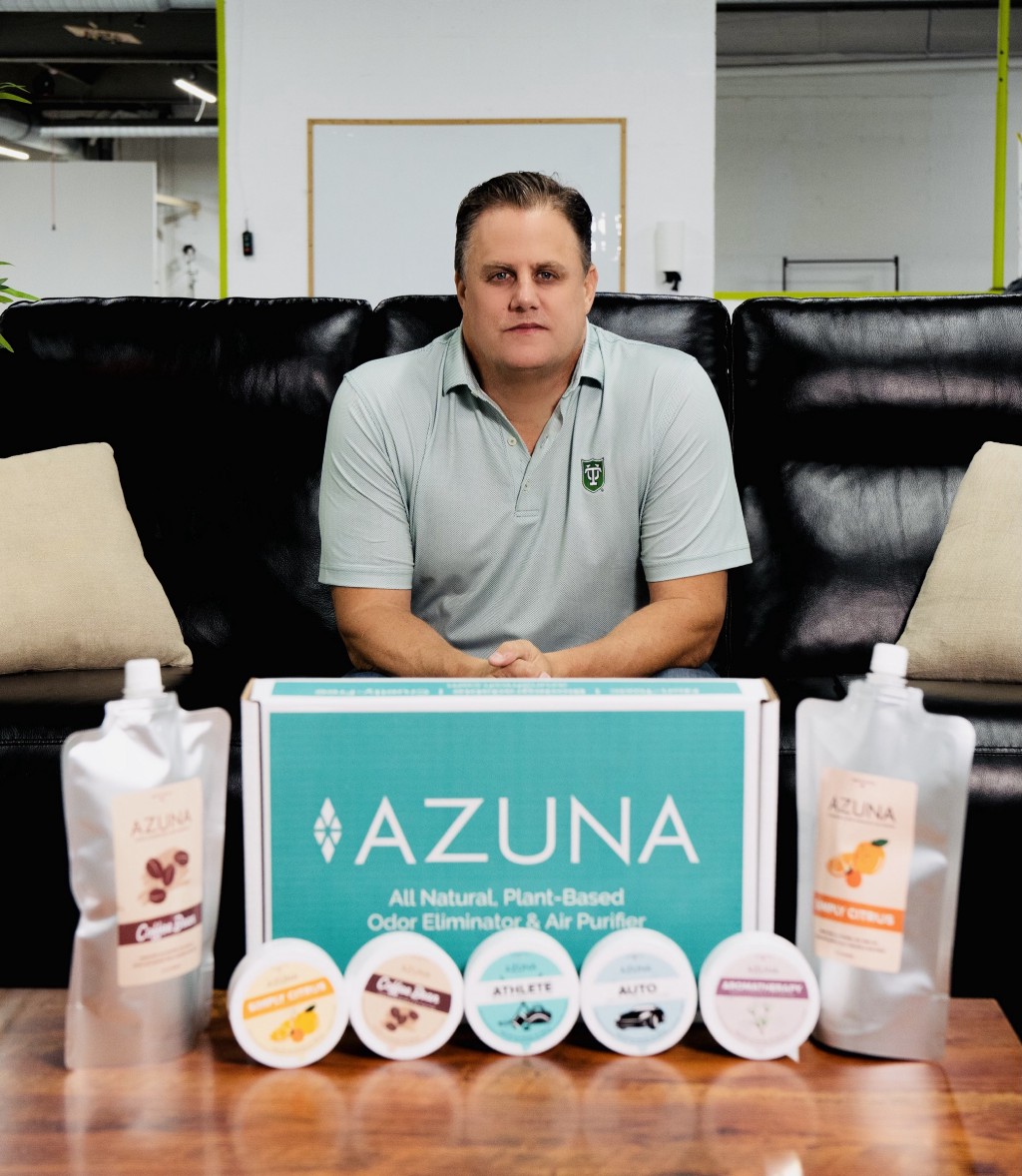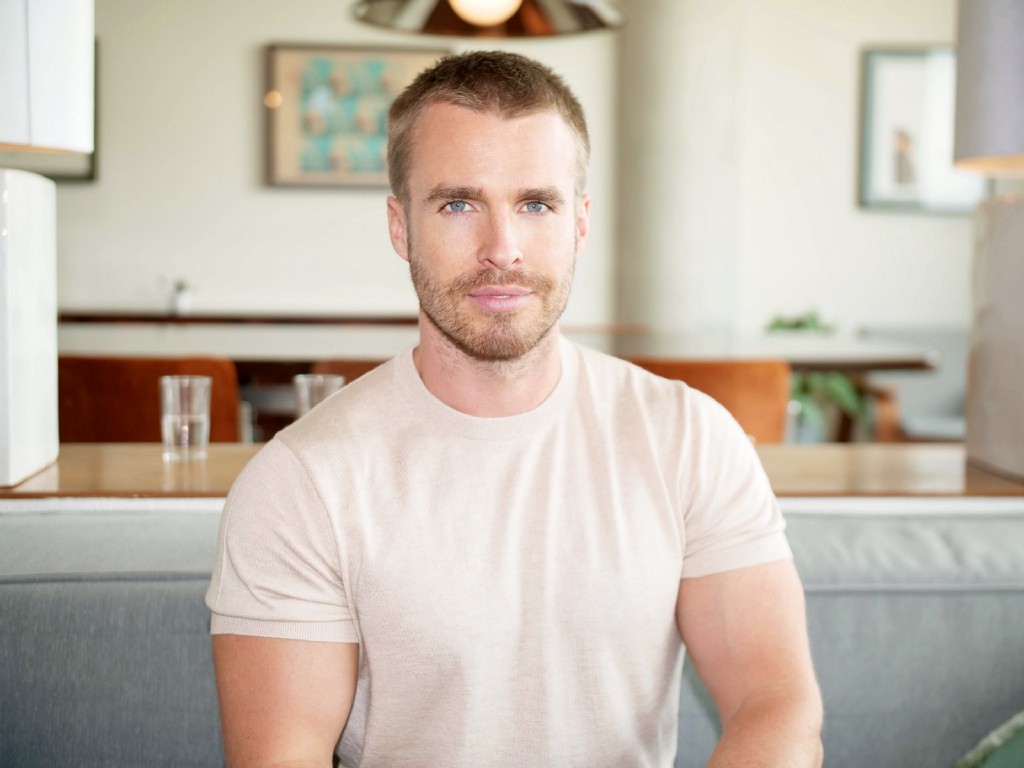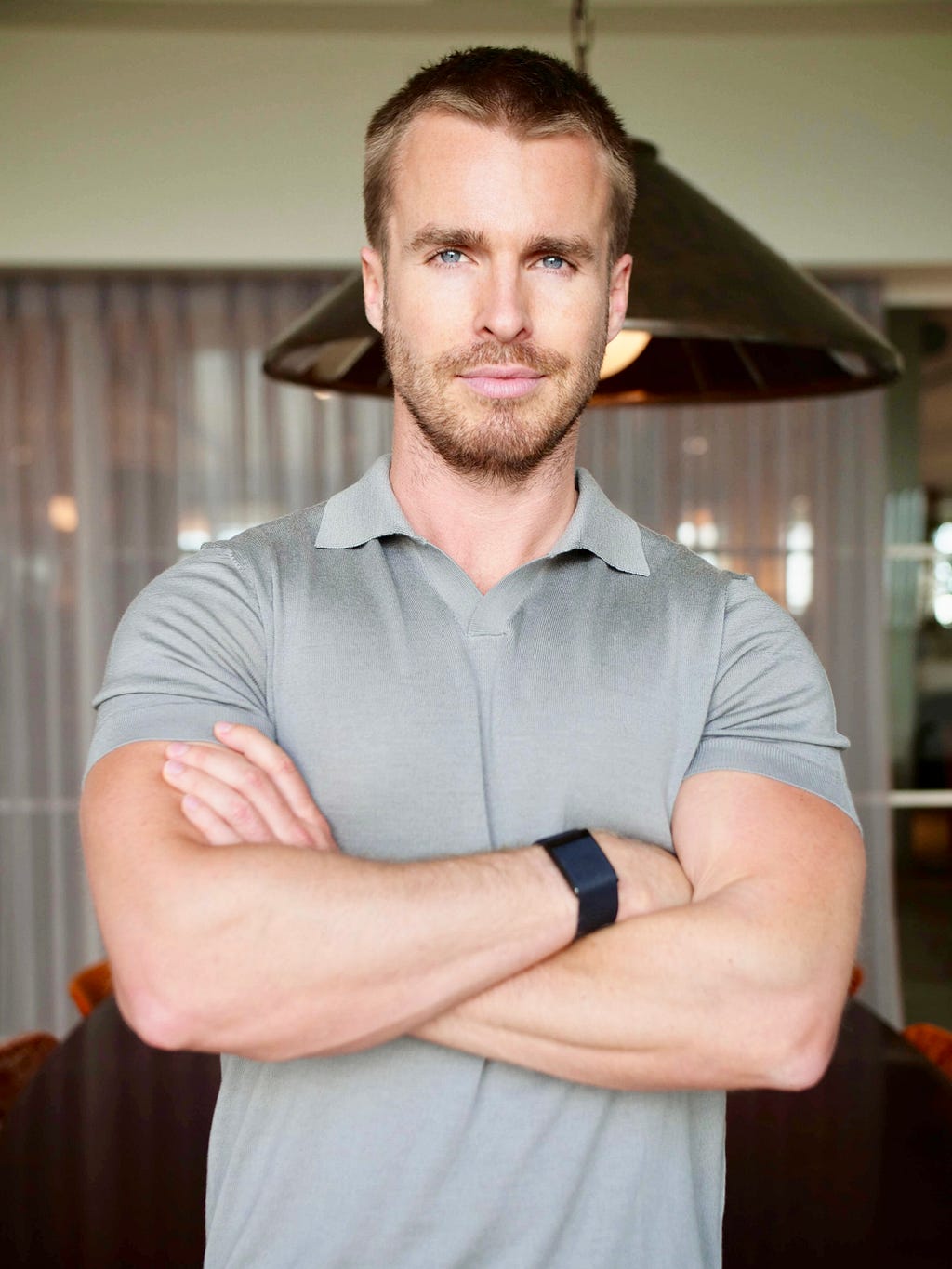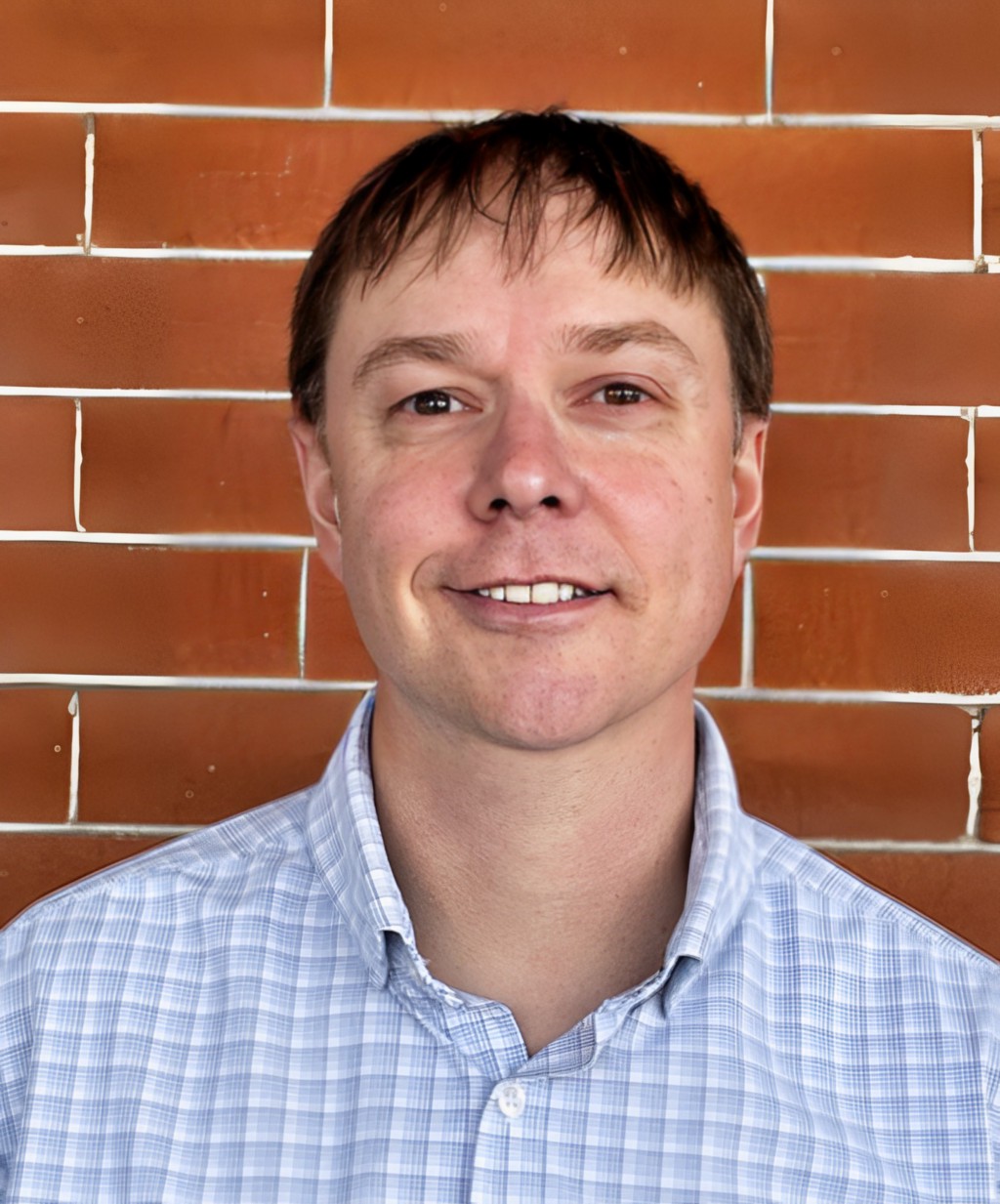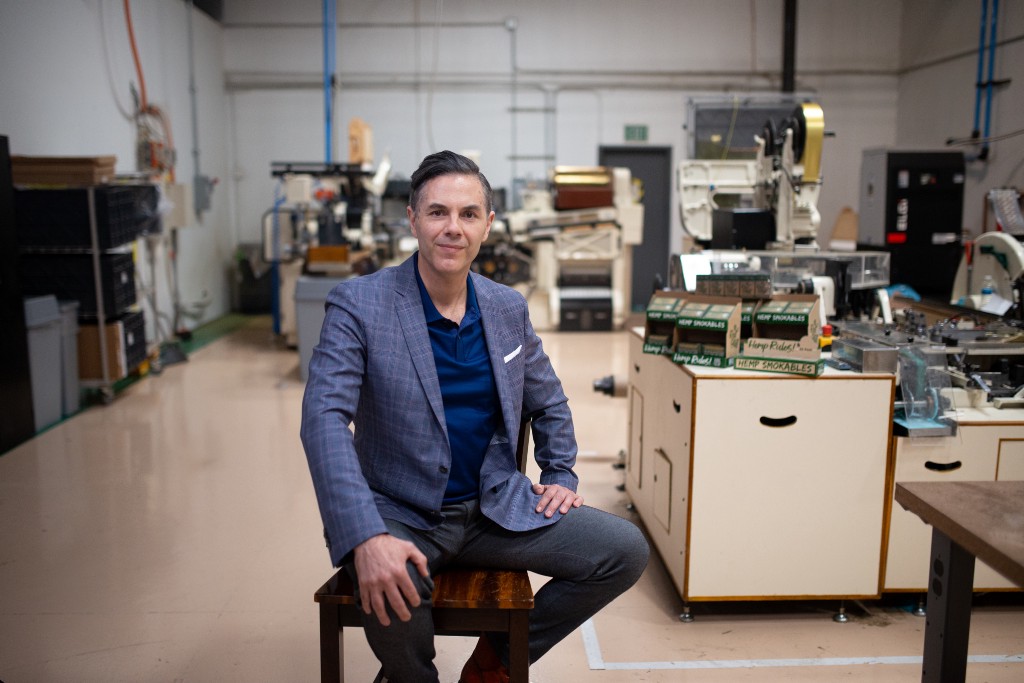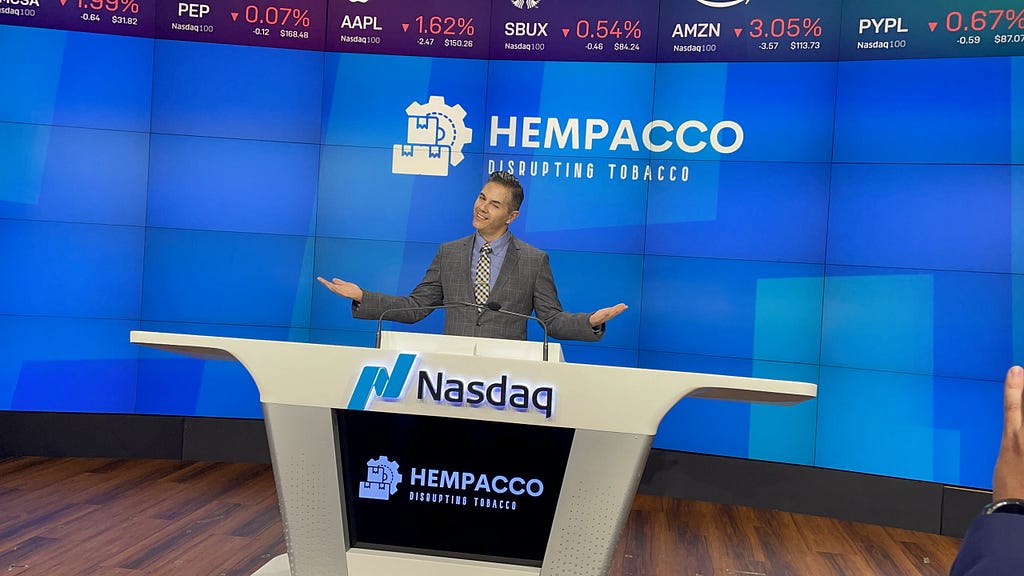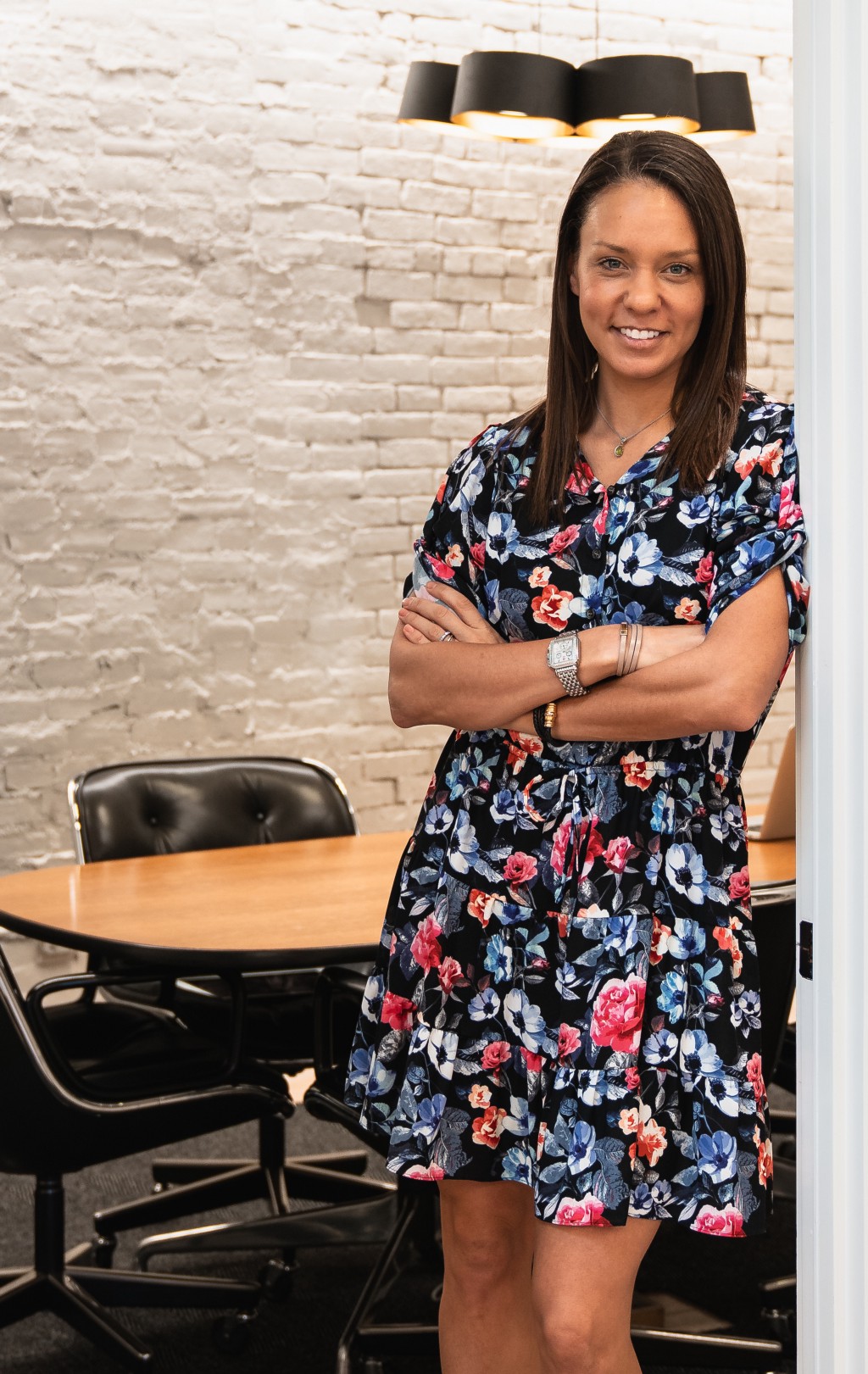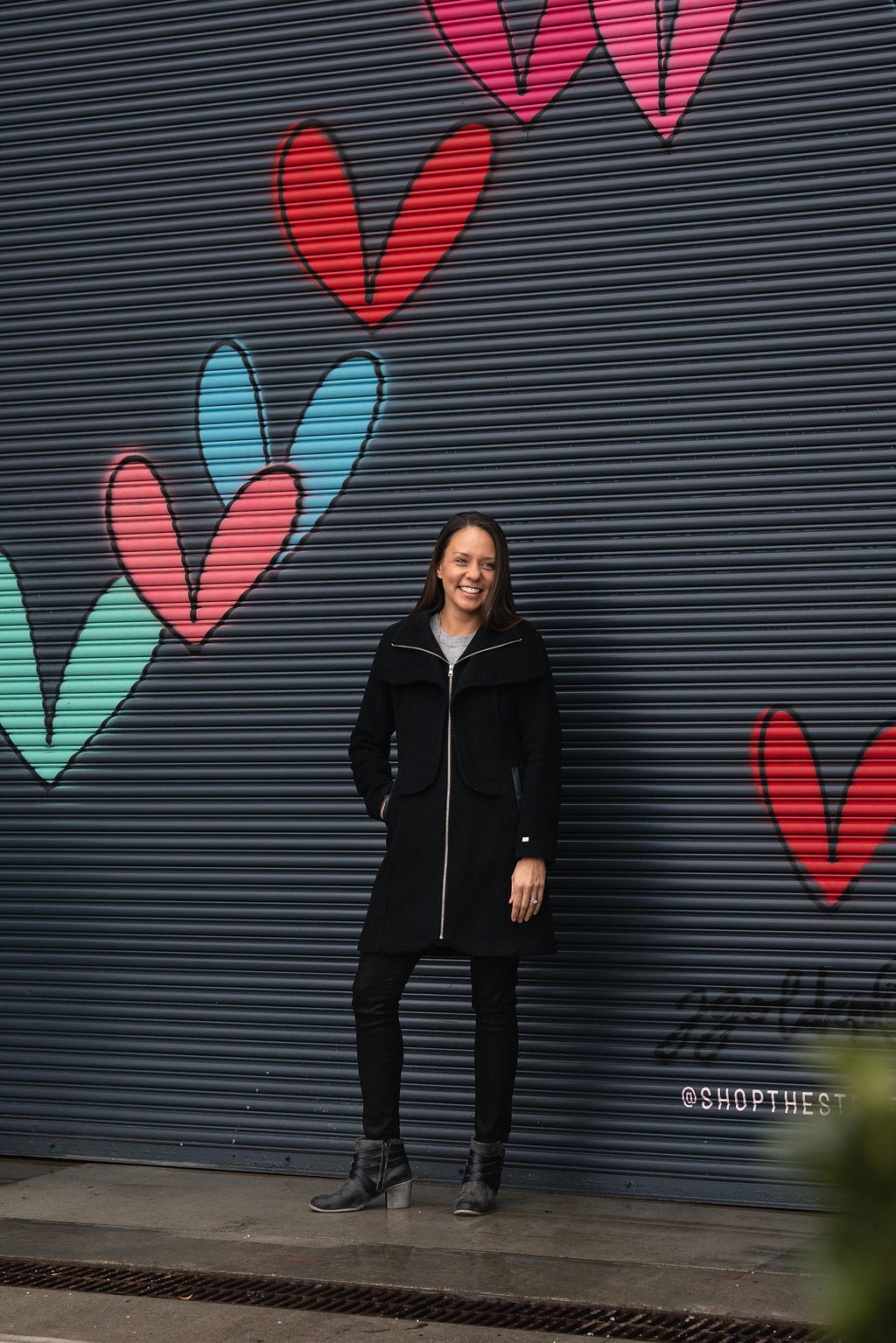Frank Goldblatt Of SYSCOMGLOBAL SOLUTIONS On How To Use Digital Transformation To Take Your Company To The Next Level
An Interview With Fotis Georgiadis
With most of the companies we work with, we suggest starting out by optimizing your customer’s experience. Your customers make your business a business and should be a priority in this process.
As a part of our series about “How To Use Digital Transformation To Take Your Company To The Next Level”, I had the pleasure of interviewing Frank Goldblatt.
Frank Goldblatt is currently a Business Solutions Specialist in the NY Office at SYSCOMGLOBAL SOLUTIONS. He has been in the IT game for some time — over 25 years, in fact. His career predates modern tech giants and stretches back to the halcyon pre-dotcom crash days of the late 90s. When he started out, the average internet connection download speed for the biggest corporate clients was 1.5MBPS (today, that connection would be 1GBPS).
Thank you so much for joining us in this interview series. Before we dive in, our readers would love to “get to know you” a bit better. Can you tell us a bit about your ‘backstory’ and how you got started?
Thank you for having me. The start of my career actually predates modern tech giants beginning in the dot-com days. When I started out, the average internet connection was 1.5MBPS T-1, while today that connection on average would be over 1GBPS! When we started recommending Firewalls many companies didn’t think they needed them! Helping business owners understand the “why” something was needed allowed me to move from providing internet connectivity services to IT Consulting and Management, where I designed and implemented corporate IT Systems and Networks. I hold many IT certifications including Security Architecture, but for the most part, my job is still helping bridge the gap between business and IT; understanding business goals, and ensuring IT solutions meet business objectives. That is why I’m excited to work with our team here providing Digital Transformation Services that, when done properly, can have such a positive impact on a company.
Can you share a story about the funniest mistake you made when you were first starting? Can you tell us what lessons or ‘take aways’ you learned from that?
When I first started in IT I was working on an office relocation; overseeing the build of their new network infrastructure including, something brand new at the time, Wireless Access Points! I had my piece covered… And the IT Director had everything planned out from the timing of the server breakdown, to how to pack the mouse and keyboard. He even thought about how to pack the truck (servers in last so they can be removed first). You get the idea. On the day of the move, we arrived at the new IT room and found we couldn’t plug anything in! The IT Director never coordinated with the architects or electricians to ensure he had the right power for his equipment. Everything was sorted out with many extension cords and the electrician returned in a few days to replace the receptacles, but the lesson I learned is that it is not enough to understand our own component in a project; we need to think about the whole picture! This is what Digital Transformation means to a business… Looking at the operations with a view of how everything works together and how to make these pieces work together more efficiently. Needless to say, moving forward, with every office move I was involved with, I checked in with the electricians.
None of us are able to achieve success without some help along the way. Is there a particular person who you are grateful towards who helped get you to where you are? Can you share a story?
There are so many people I would need to thank or who have had a big impact on me (I’m impressionable) however my wife not only supported my career by providing a stable home life but she is also the reason I am in IT, to begin with. I saw an ad in the New York Times (back when it was actually made of paper) for a salesperson at a new ISP but they wanted someone with experience. She insisted I apply for the job which I did and got! I think the lesson there is don’t hold yourself back. If you want something go out and get it. And I think that’s our philosophy with Digital Transformation as well. Don’t let existing business processes hold you back. Talk to experts, learn and grow personally, and the business will benefit as well.
Is there a particular book, podcast, or film that made a significant impact on you? Can you share a story or explain why it resonated with you so much?
Good to Great by Jim C. Collins discusses what it takes to take your business to the next level. He explains that businesses must overcome the “status quo” to stay competitive and succeed. For example, how a company uses and adapts technologies sets them apart from its competition; however it’s also not enough to have the latest and greatest. Technology needs to be deployed intelligently and only incorporated into your business plan when it will clearly benefit employees and customers. This is where our philosophy around Digital Transformation begins. What we strive for is to understand our client’s business processes and then give their employees the tools to get their jobs done efficiently and effectively; what will help them succeed, not create more work.
Extensive research suggests that “purpose-driven businesses” are more successful in many areas. When your company started, what was its vision, what was its purpose?
When our CEO, Seishi Sato, founded SYSCOM GLOBAL SOLUTIONS in the Spring of 1990, he saw a need for a trusted partner to guide firms through the exponential changes that technology would soon be undergoing. We were established before the tech boom of the 2000s when most companies might not even have a computer at every desk, but there were still new IT tools available that called for an advisory hand to help clients steer the ship. We started with that goal — being a reliable, guiding partner — and have stayed true to that purpose ever since.
Are you working on any new, exciting projects now? How do you think that might help people?
Our team just launched a brand-new offering for small- to medium-sized businesses called Business Central Standard Pack, an offering from Microsoft Dynamics 365. Business Central was developed with the speed, resources, and growth potential of Small- to Medium-Sized Businesses (SMBs) in mind while connecting them with the family of Microsoft business tools and functions. It integrates with Office, updates over the cloud, and boasts robust security. Based on SYSCOMS’ experience as a trusted advisor for more than a thousand companies over thirty years, we’ve built out a customized selection of options and settings based on the most common feedback we’ve heard. — The result is a cloud-based solution that will help SMBs improve business efficiency with limited resources and minimal downtime, and we’re happy to be one of the first companies to provide this total solution.
Thank you for all that. Let’s now turn to the main focus of our discussion about Digital Transformation. For the benefit of our readers, can you help explain what exactly Digital Transformation means? On a practical level what does it look like to engage in a Digital Transformation?
Like any business endeavor, it’s important to think of digital transformation in terms of its results: reducing time spent, creating more efficient workflows, and empowering AI to find the insights and opportunities we may otherwise miss. Practically, it comes down to four steps: digitizing your data, automating your data collection, visualizing data trends, and using it to make predictions. There has been a recent explosion in the number of tools and methods that can be used to achieve that four-step process, but that’s what’s at the heart of it.
Which companies can most benefit from a Digital Transformation?
Digital transformation in a company means using digital technology to not only improve workflow and create new business models; but also, to break away from legacy systems and change the corporate culture. For example, by digitally transforming operations that were previously performed manually and depended on individuals, it is possible to organize data that had been black-boxed. As a result, overall costs can be reduced, time can be saved, and human labor can be redirected to higher-value work. With that said, firms with many vendors, customers, and inventories, with manufacturing processes, would probably see more direct benefits more quickly. One of the digital transformation’s key benefits is finding more efficient ways to get more done. We have helped many companies with their digital transformation, from infrastructure to operational parts, so if you are not sure where to start with your digital transformation, please contact us.
We’d love to hear about your experiences helping others with Digital Transformation. In your experience, how has Digital Transformation helped improve operations, processes and customer experiences? We’d love to hear some stories if possible.
One of my clients that had been manually managing everything from marketing to sales, accounting, inventory management, and customer service using Excel, etc., decided to implement Dynamics 365 because they wanted to optimize their operations.. We had discussions with the client about their business operations, confirmed what Dynamics 365 could do, and spent time with them to develop ways to improve their business operations. We started with minimal functionalities but connected all the data for the major activities from marketing, sales, logistics, and customer services in one platform. With that, the client could visualize and manage customer data across the entire company beyond each department. As the next step, we plan to implement additional Portal and BI/Data analysis functions of the Dynamics 365 series.
Has integrating Digital Transformation been a challenging process for some companies? What are the challenges? How do you help resolve them?
We often speak with customers who have been managing data manually with Excel and are now trying to improve operations. Still, end users are uncomfortable with implementing a new system and changing the way data is entered. The Dynamics 365 applications we provide are Microsoft products, so they are highly compatible with Office/Microsoft 365 (Excel, Word, Teams, Outlook), which many companies use on a daily basis. We can configure the solutions to allow you to modify data in Excel and post it to the system (one click), and the information will be reflected in the system. Also, Dynamics 365 applications are user-friendly/familiar interfaces so that users can use the applications intuitively. After introducing all the benefits of Dynamics 365, the end user, who had been reluctant to participate in the project, began cooperating with us.
Also, we usually give application demos and training in our projects to support users to feel comfortable moving on to the new system. Digital transformation gives the impression of drastically changing business operations, and many people are afraid of the change. Still, with Dynamics 365, you can gradually get used to the system and the flow of business improvement. Based on our more than 30 years of experience in helping customers with digital transformation in one form or another, we offer Dynamics 365 as a solution that is familiar to all the people involved in the company’s operation.
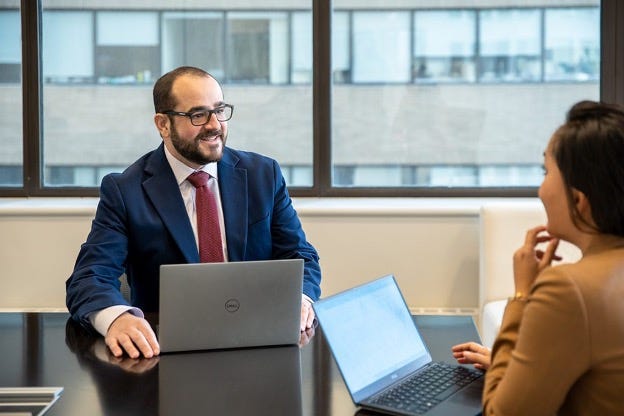
Ok. Thank you. Here is the primary question of our discussion. Based on your experience and success, what are “Five Ways a Company Can Use Digital Transformation To Take It To The Next Level”? Please share a story or an example for each.
Scaling one’s business is a matter of finding the right time and market, a unique challenge that’s complicated enough on its own. In a world that now requires constant connection and data analysis, digital transformation can make that process easier. The idea is to utilize technology to manage and automate processes that allow your staff to engage with clients.
1) The first thing we’d suggest is to sit down with a trusted partner (like SYSCOM) to answer the question — why are you looking to do this for your company (business goals/objectives)? Why do you want to achieve these goals? It’s not the what, it’s the why. That will then help lead us to find the right IT solutions to bring your business to the next level.
2) With most of the companies we work with, we suggest starting out by optimizing your customer’s experience. Your customers make your business a business and should be a priority in this process.
3) Next is to automate internal manual processes and to integrate what could be existing disparate solutions (like the CRM and Accounting software currently in use) into a single platform.
4) Once we’ve mapped out the above, we’d suggest an integrated plan to help your workers adjust to the transformation and understand the new tools we have provided. Getting your employees on board while implementing a new digital process is essential to its success.
5) Lastly, we’d recommend re-evaluating the IT solution every 6 months to ensure that it’s continuing to help bring your company to the next level.
In your opinion, how can companies best create a “culture of innovation” in order to create new competitive advantages?
In business and even digital transformation, a company wins and loses based on its people. At SYSCOM, we encourage all of our employees to reach out to anyone in the company, from their peers to their managers and all the way up to the CEO, with any questions or ideas for doing things better. We’ve found over and over again that this creates opportunities for innovation — some of our best ideas, like the Business Central Standard Pack, come from this openness — and it’s also an excellent way to attract and retain top talent.
How can our readers further follow your work?
We’re constantly evolving with business needs in an ever-shifting tech environment, so to keep up with everything we’re doing you can connect with me and SYSCOM Global Solutions via Linkedin at https://www.linkedin.com/company/syscom-global-solutions-inc/ or visit syscomgs.com to continue to learn more about what we offer. Also, feel free to contact me directly at [email protected]. Looking forward to connecting with you!
Thank you so much for sharing these important insights. We wish you continued success and good health!
Frank Goldblatt Of SYSCOMGLOBAL SOLUTIONS On How To Use Digital Transformation To Take Your Company… was originally published in Authority Magazine on Medium, where people are continuing the conversation by highlighting and responding to this story.

